Scenes from the Day
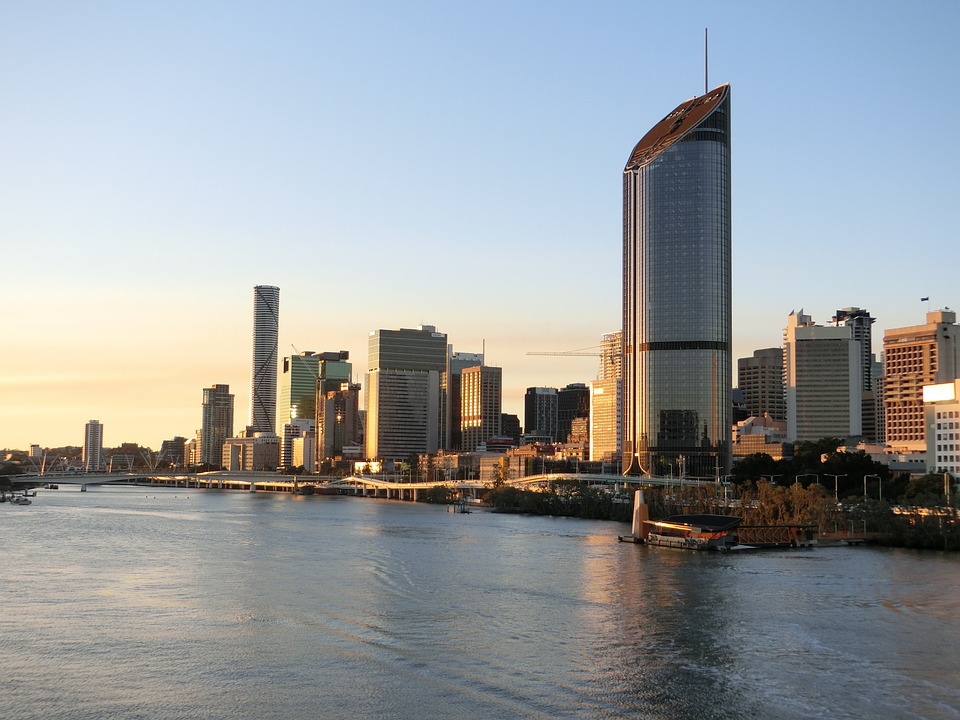
The final day of the conference saw delegates continue to participate in regional programming across Melbourne and Brisbane. Participants got to experience an exclusive, behind-the-scenes look at some of Australia's most iconic buildings.

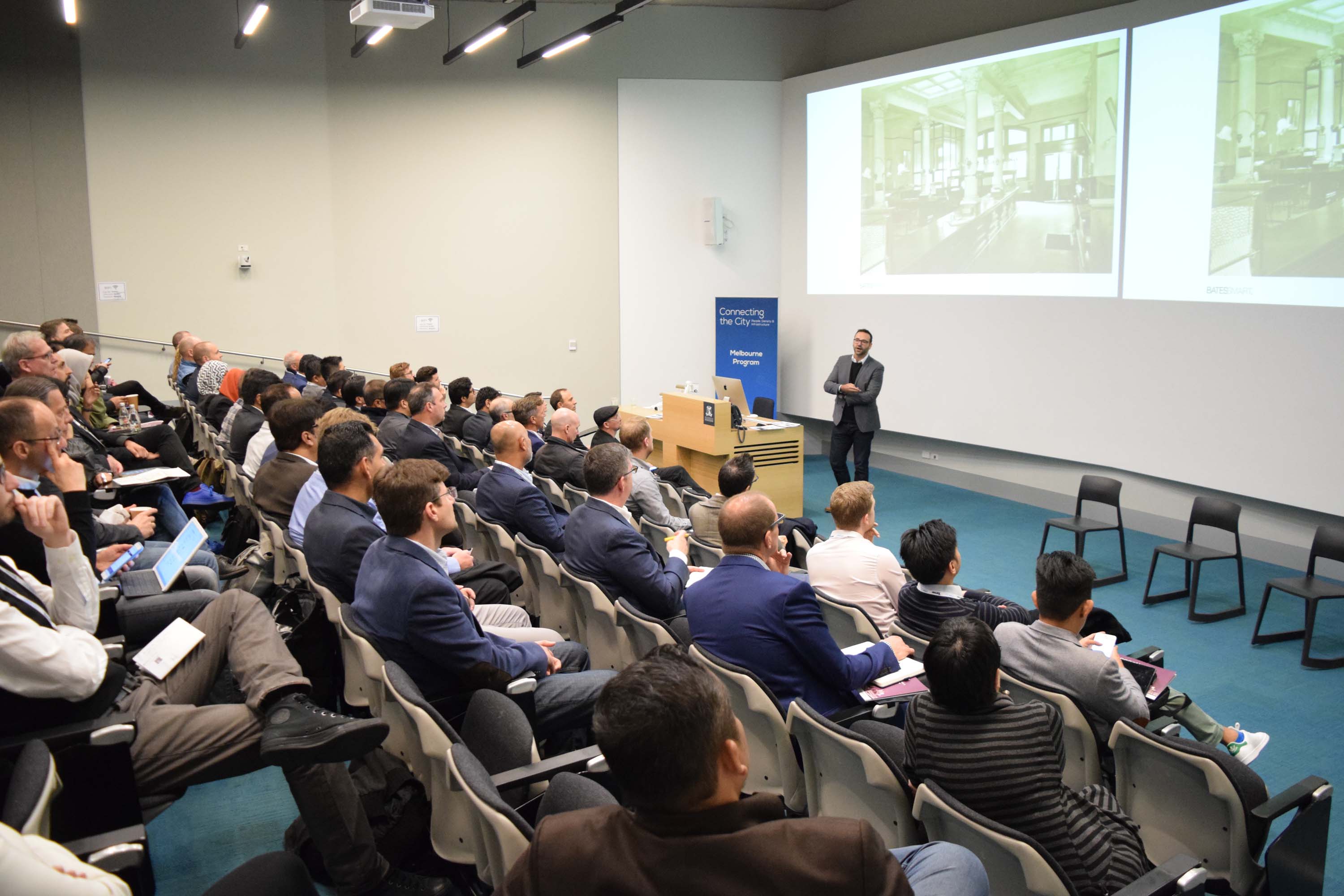
Joachim Clauss, Associate Director, Bates Smart, delivers a presentation on Collins House.

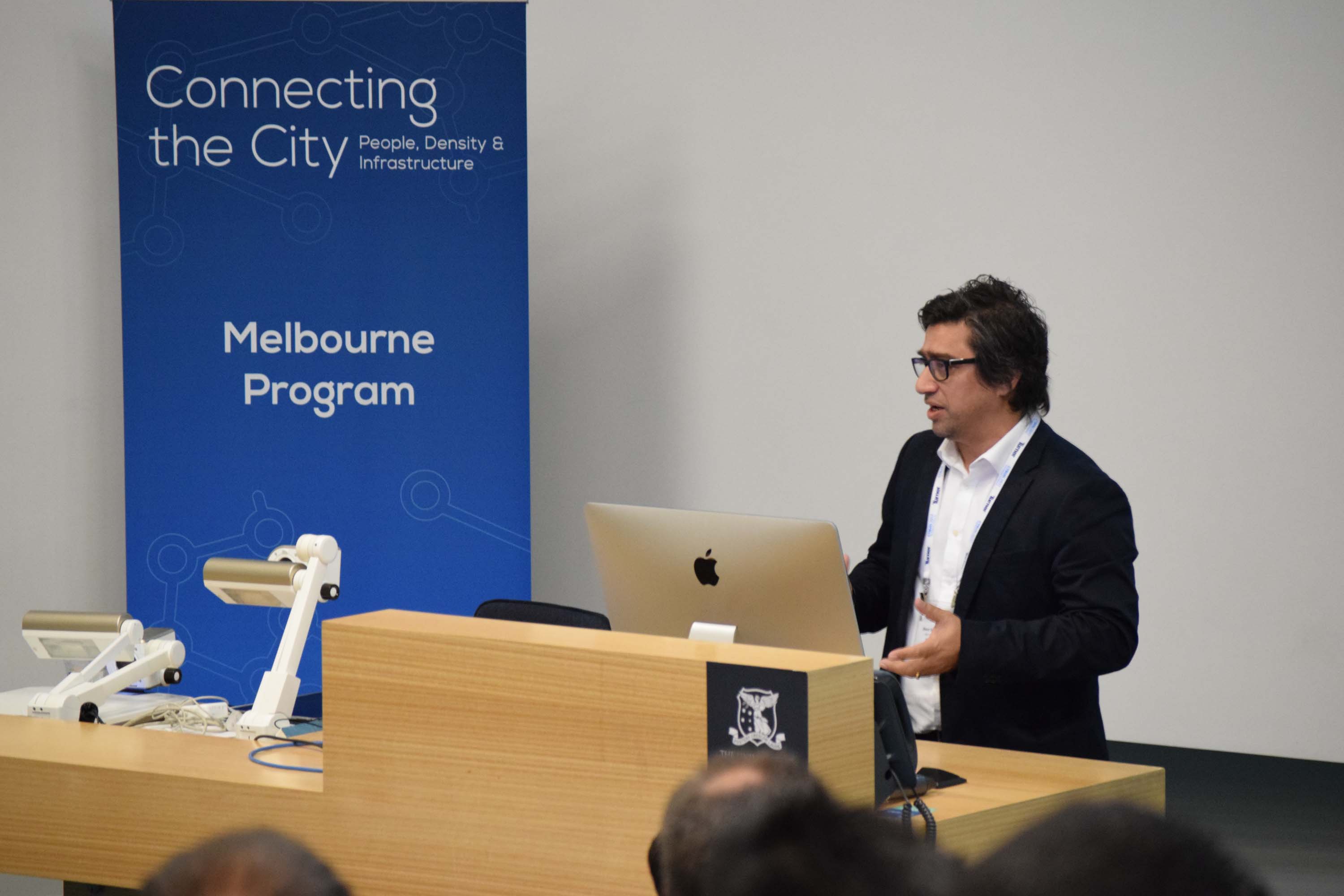
Shaun Schroter, Principal, Architectus, chairs Session 3A: Planning for Rapid Growth in a Multi-Modal City.


Neil Stonell, Partner, Grimshaw Architects, outlines the planning and implications of the new Melbourne Metro tunnel.

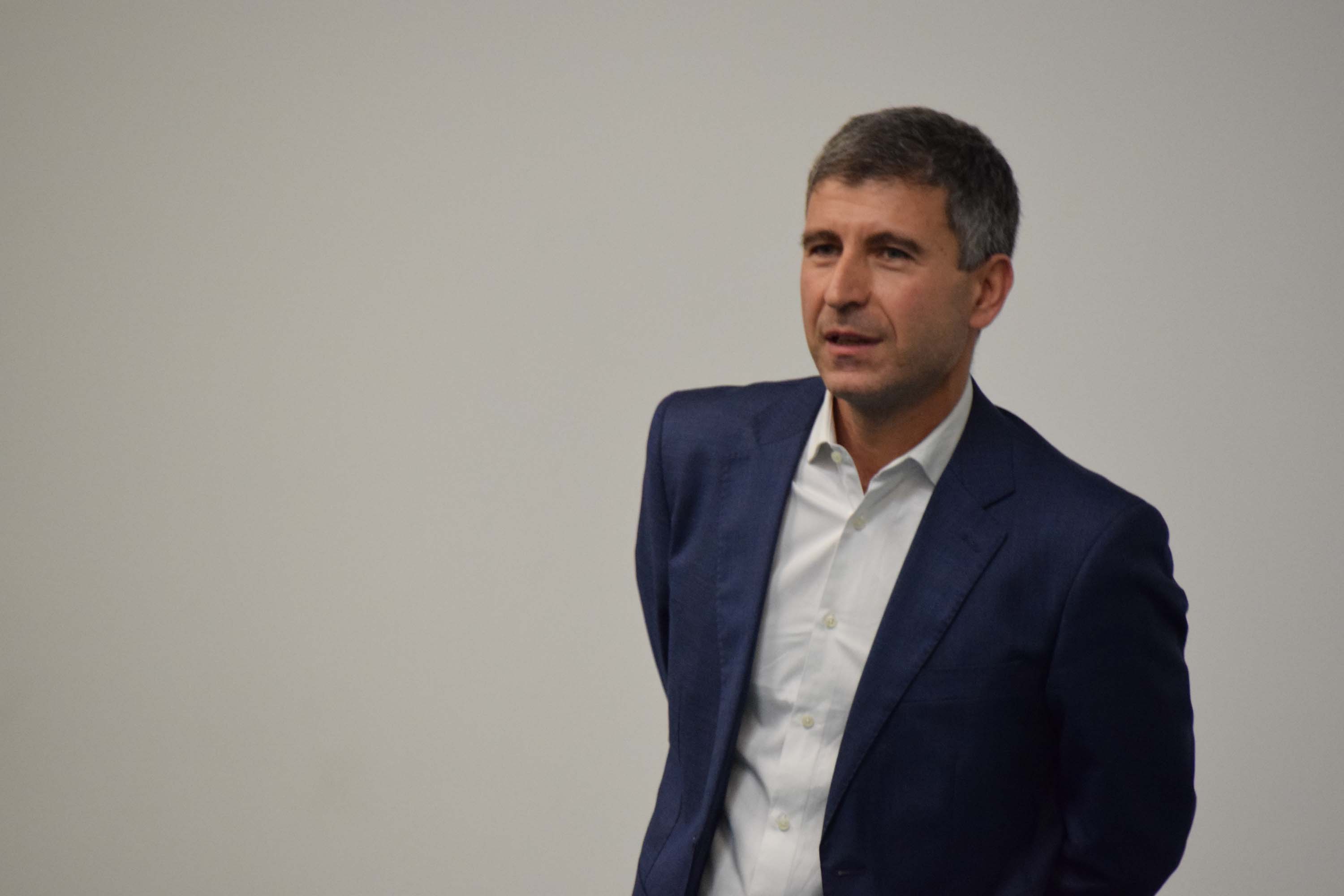
Gianluca Racana, Director, Zaha Hadid Architects, addresses the topic of “Rail Stations as Urban Catalysts.”

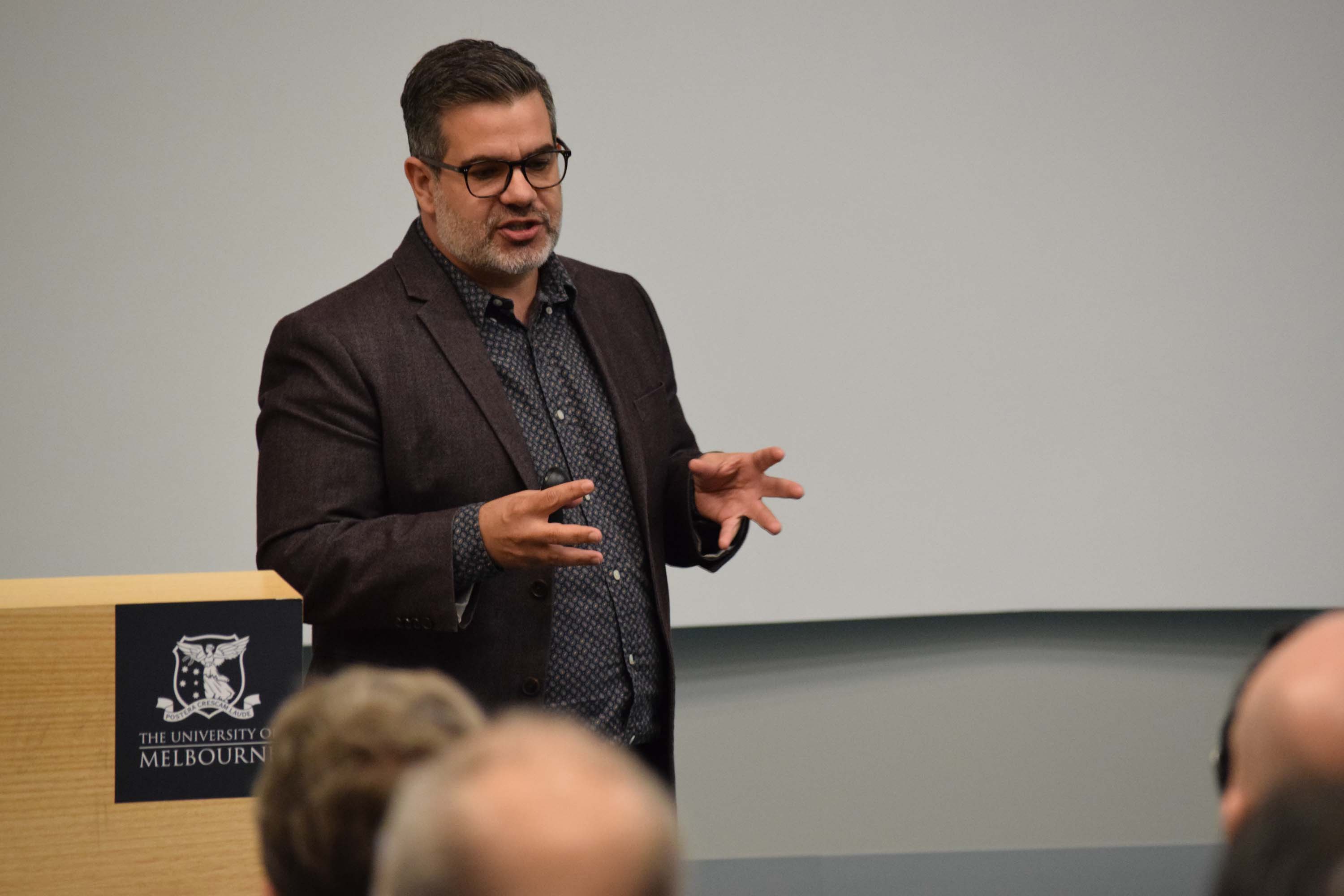
Toby Lodge, Principal, HASSELL, explores the nexus between transport and city-making.

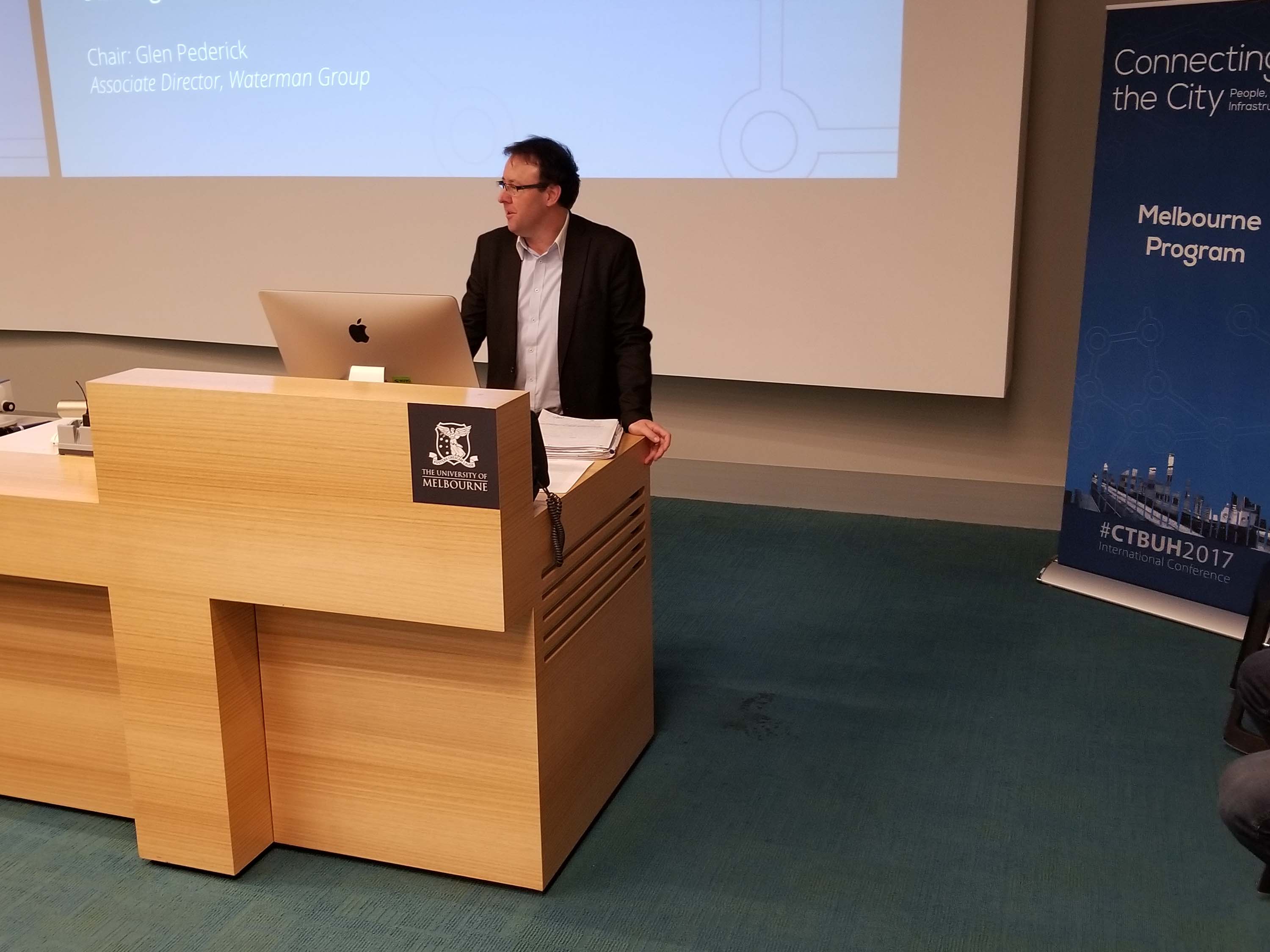
Glen Pederick, Associate Director, Waterman Group, chairs Session 3B: Utilizing Challenging Sites in Compact Urban Cities.

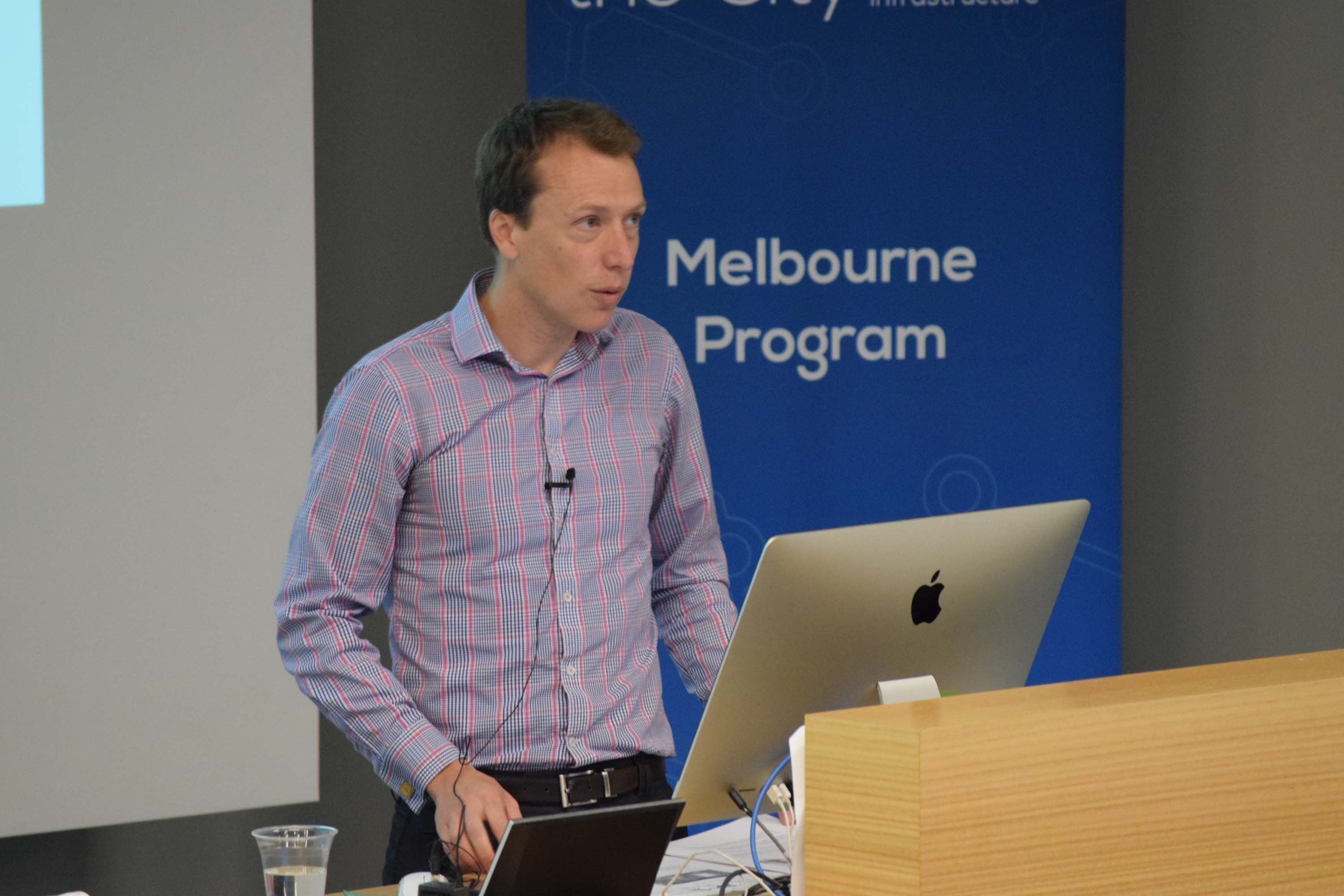
Richard Salter, Structures Leader, Victoria and South Australia, Arup, describes how intelligent analytic techniques can optimize developments over complex, ground-level infrastructure.

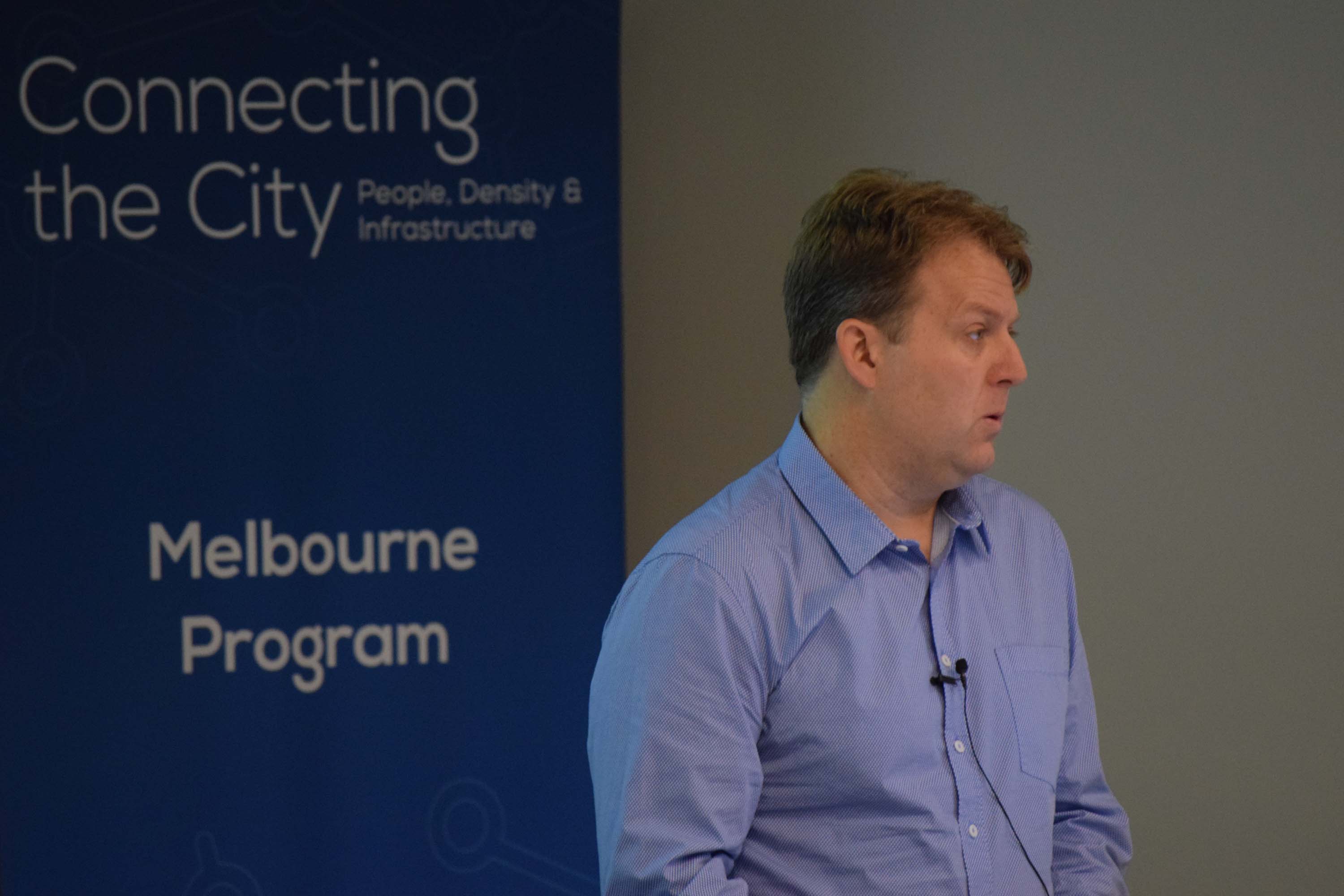
Matt Stapleton, Associate Director, WSP, looks at how to utilize space over existing rail lines in Melbourne’s central CBD to create a mixed-use high-rise building that is adaptable and sustainable.

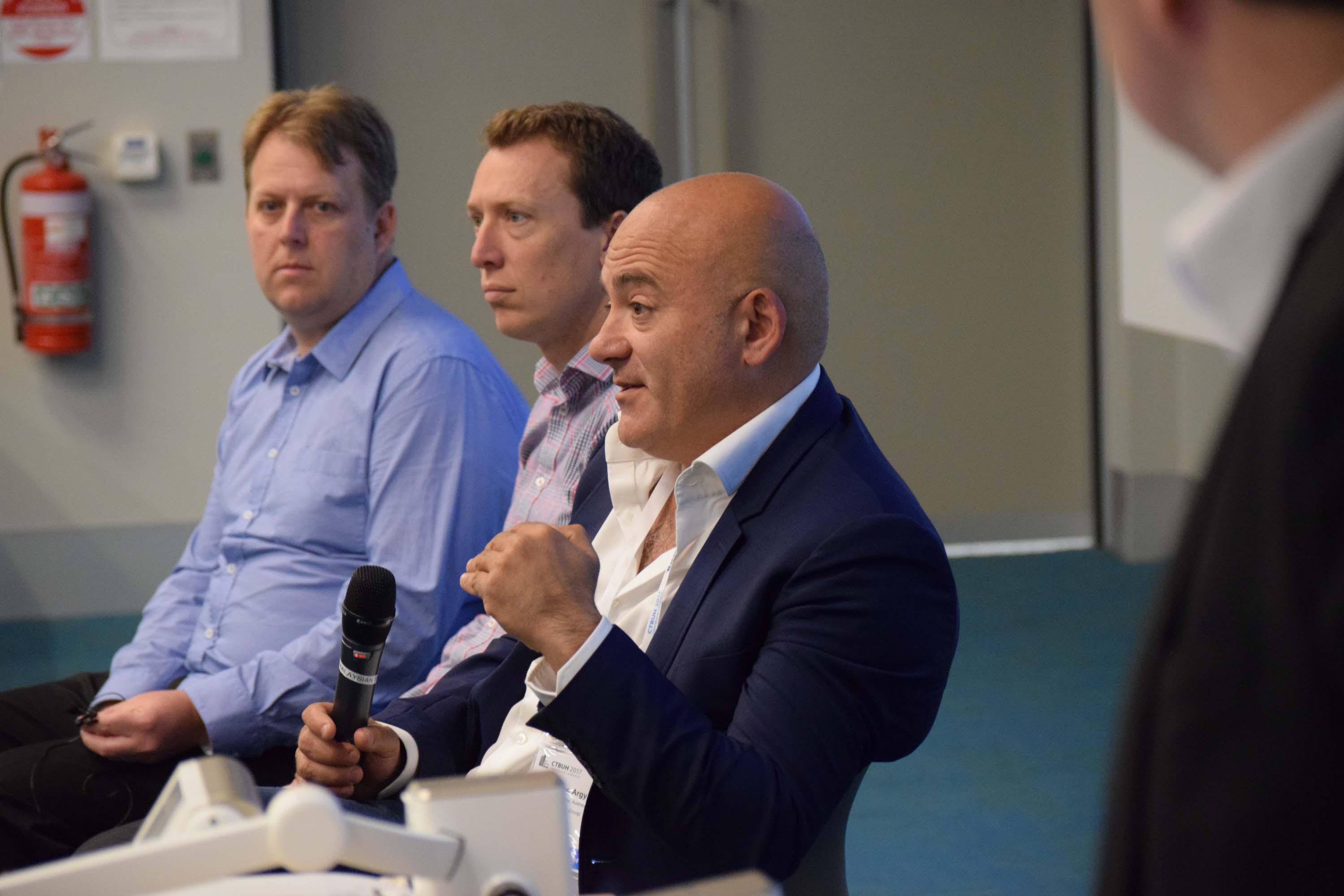
George Argyrou, Director, Hickory Group, answers a question during the Q&A.

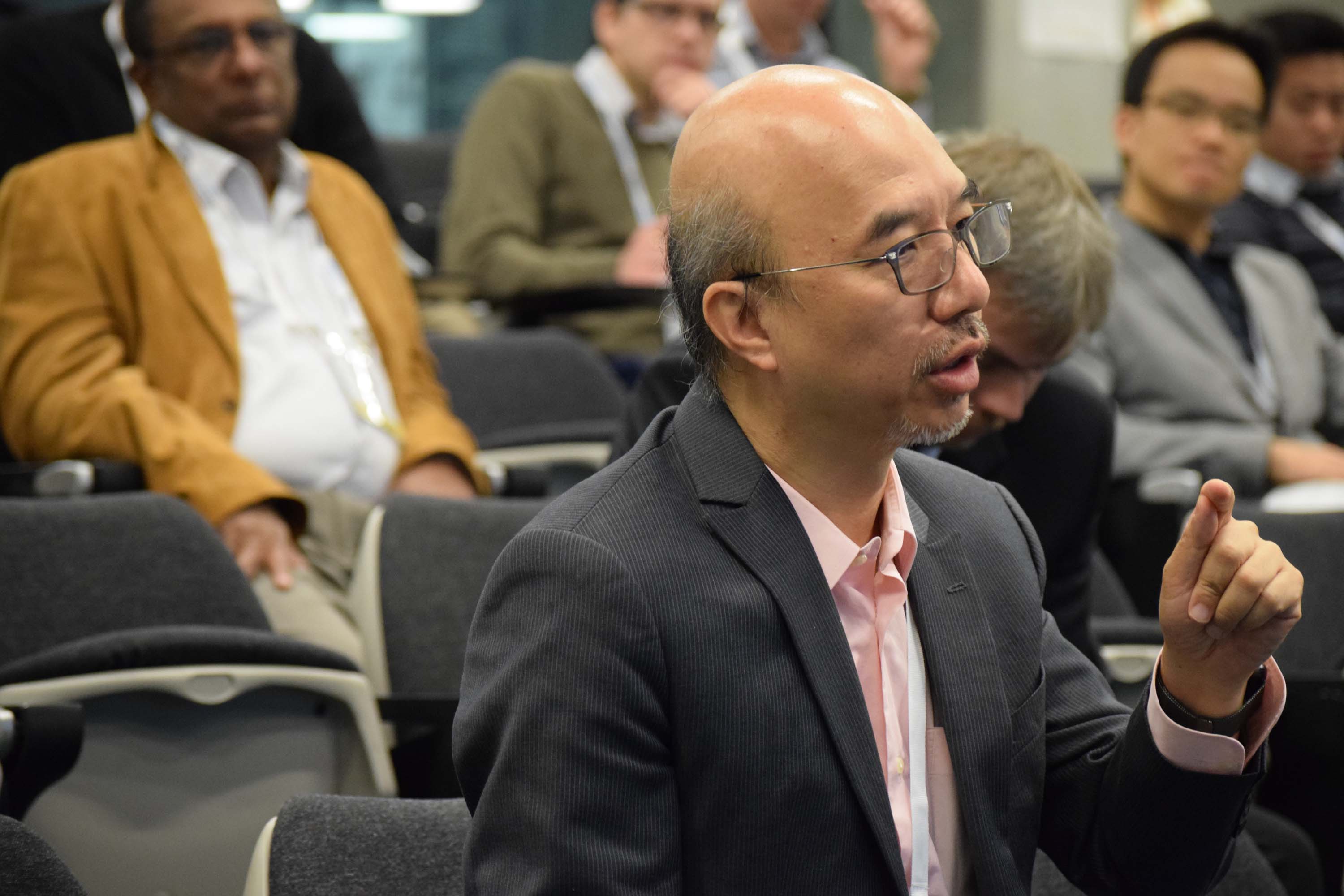
Goman Wai-Ming Ho, Director, Arup, asks a question during the Q&A.

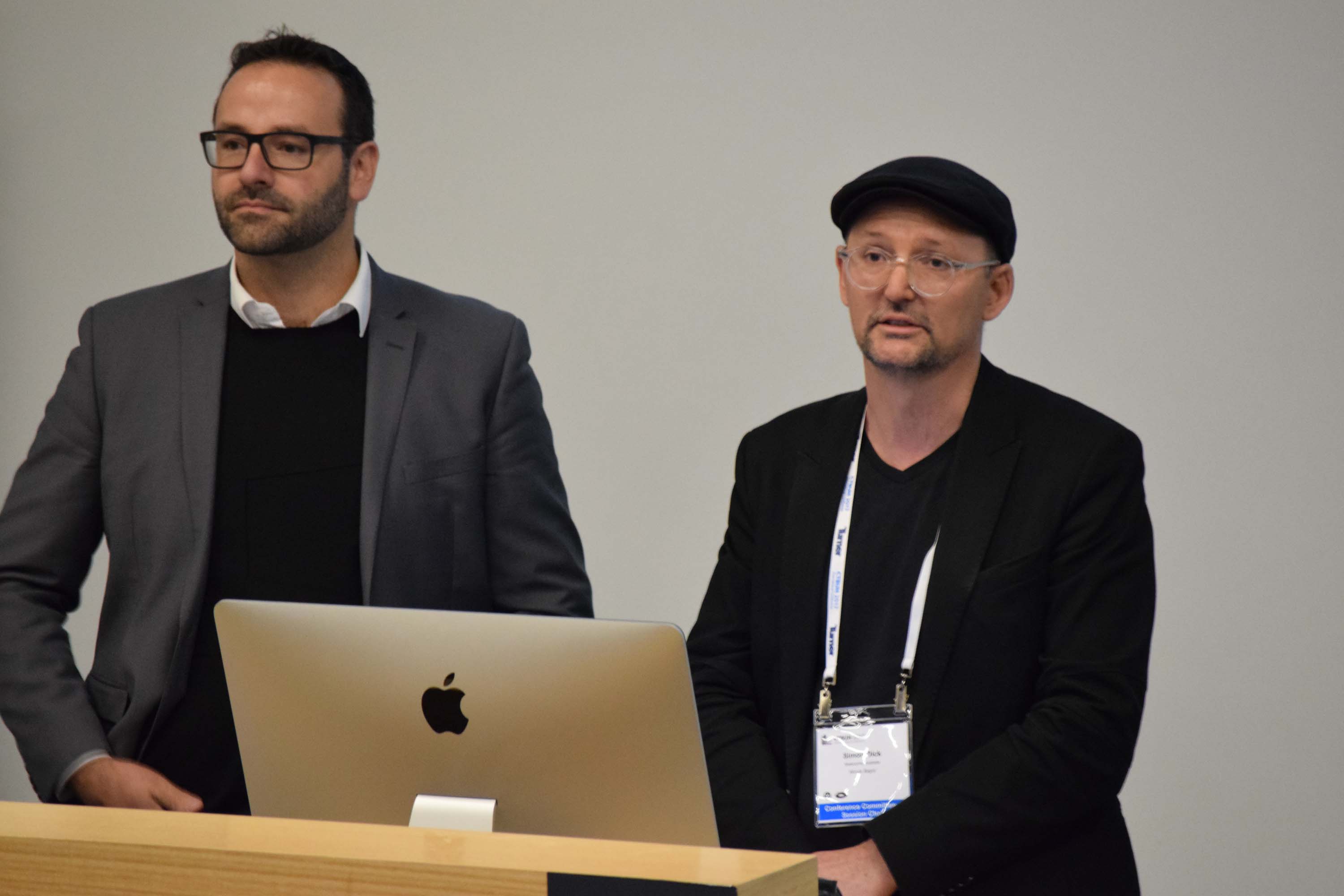
Simon Dick, Principal, Woods Bagot, chairs Session 4A: Designing for Mixed-Use and Multiple Users.

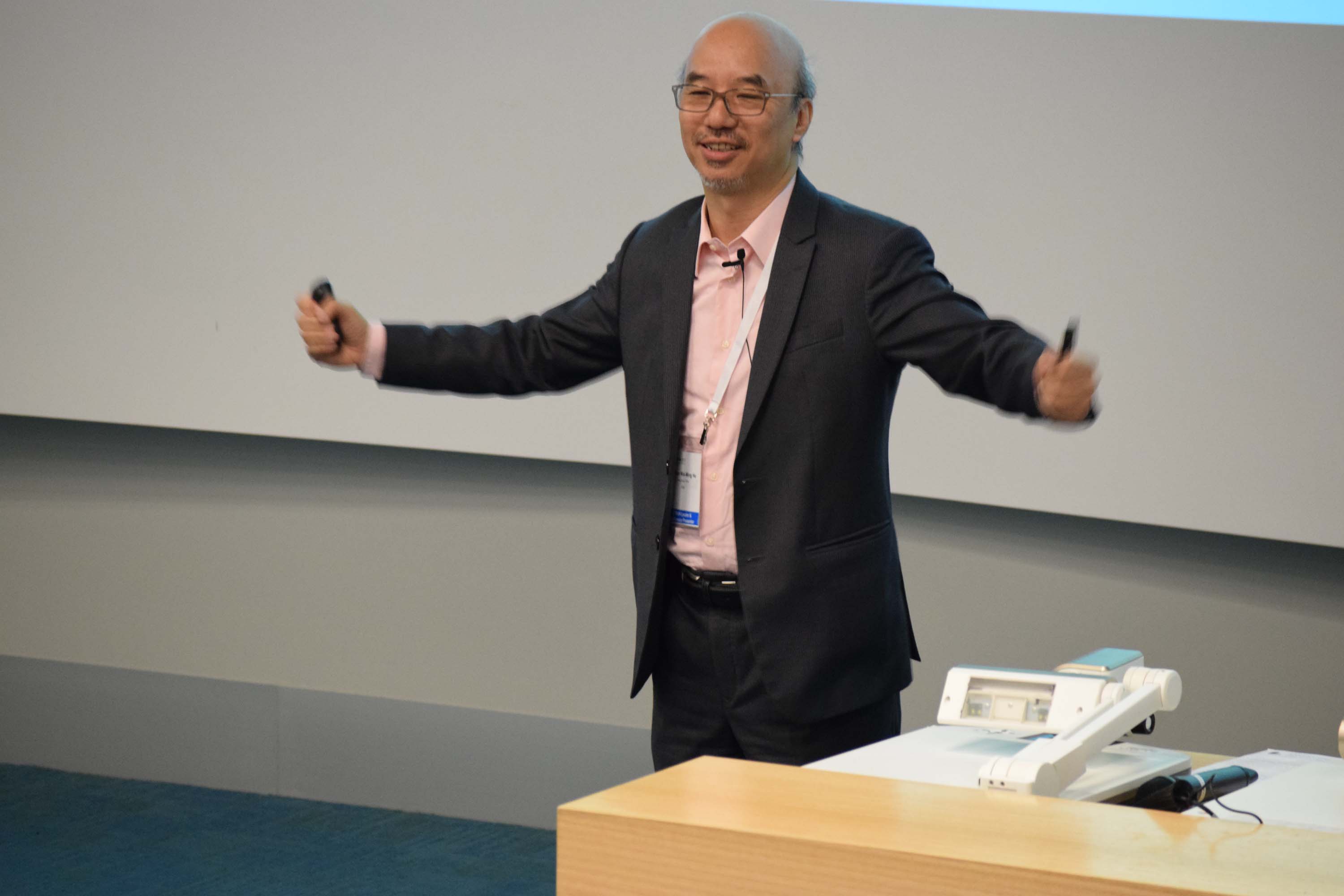
Goman Wai-Ming Ho, Director, Arup, summarizes some of the key changes in the new edition of the CTBUH Technical Guide Outrigger Design for High-Rise Buildings.

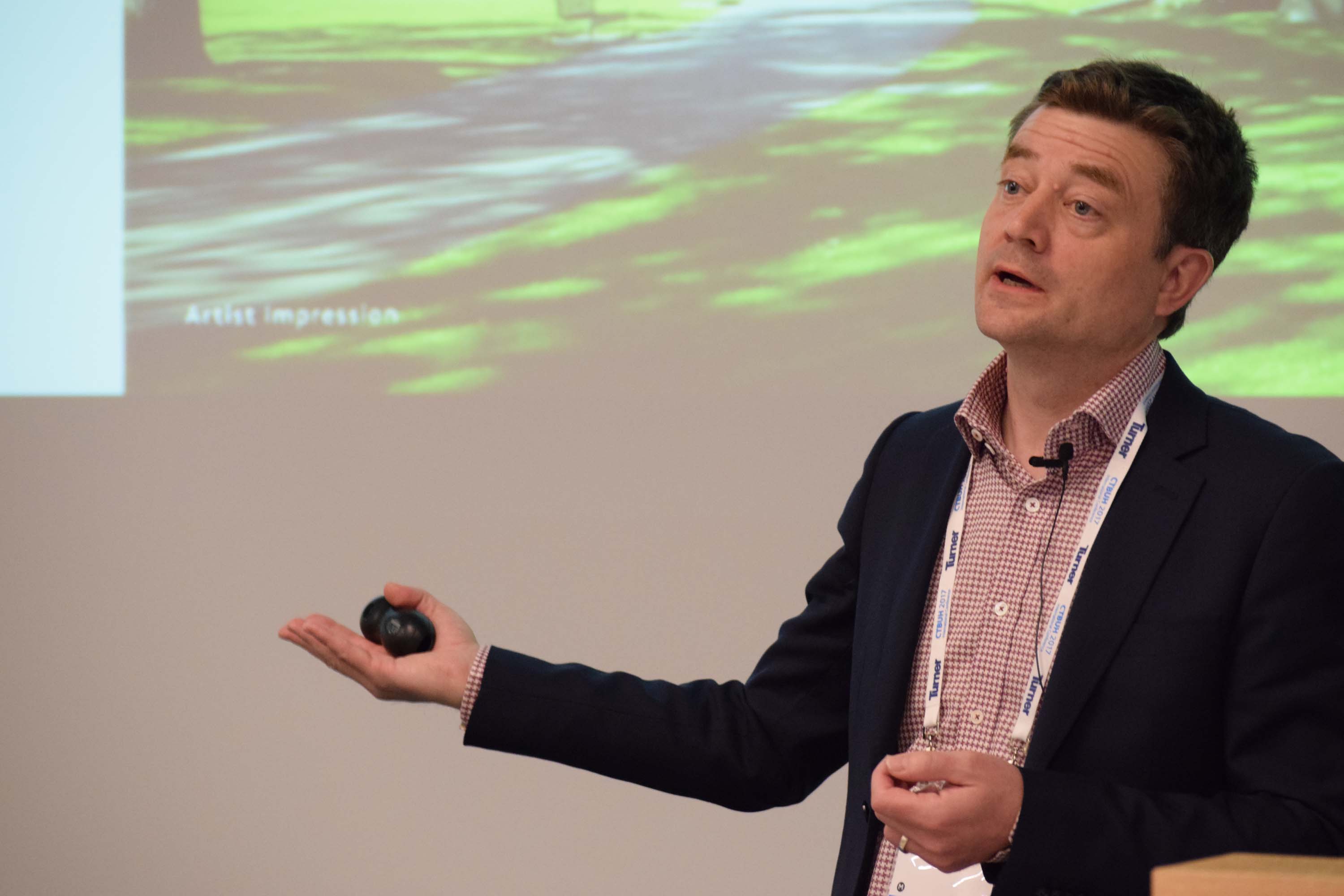
Barry Roben, Director, Irwinconsult, describes the structural design for 308 Exhibition Street, a 61-level, linked, twin-tower structure built above underground rail tunnels.

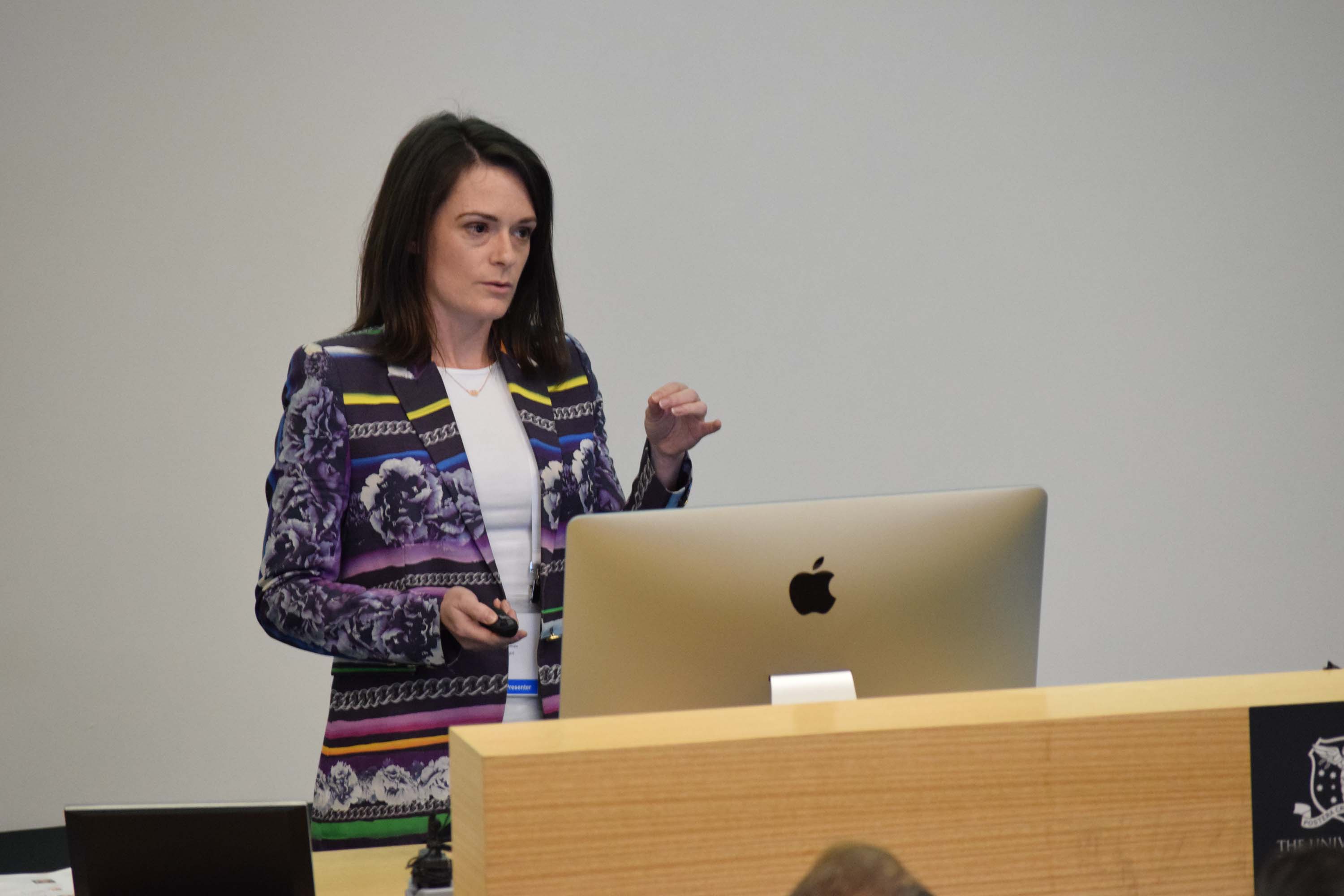
Kate Frear, Principal, Woods Bagot, describes the evolving design of Collins Arch.

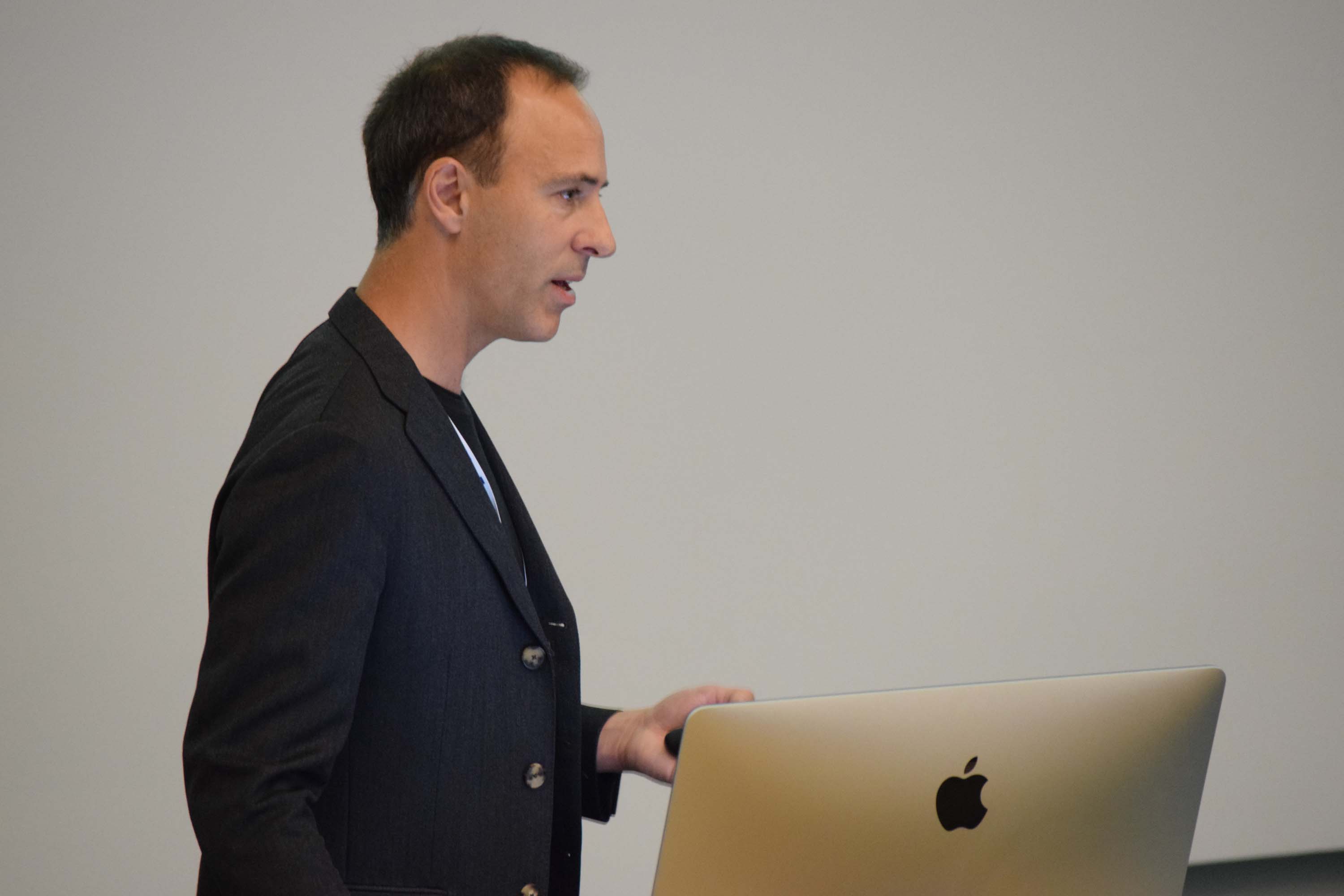
Philip Rowe, Director, Cox Architecture, presents his view on how to “do more with less,” using the case study example of Sapphire by the Gardens, Melbourne.

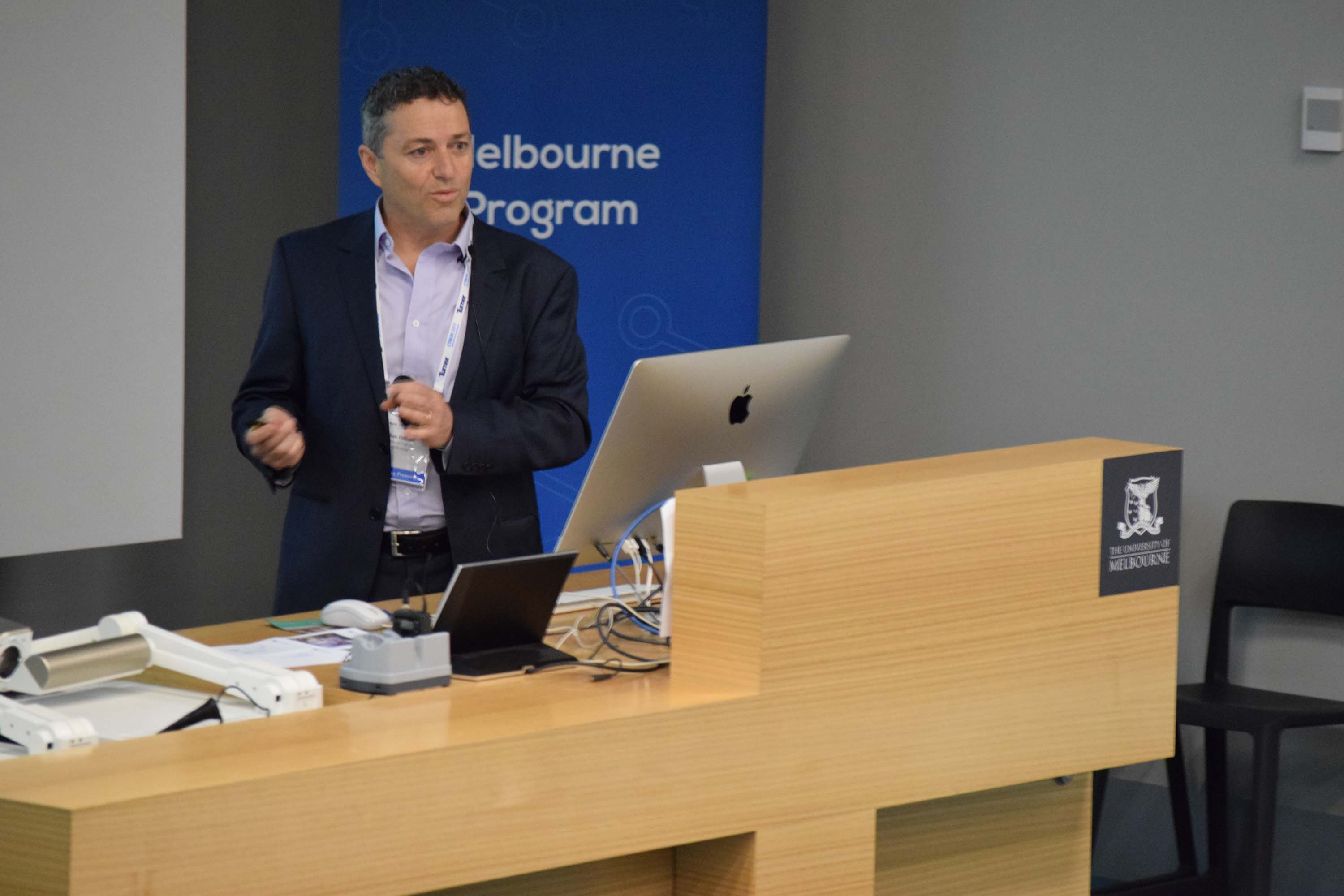
Rob DiBlasi, Director, 4D Workshop, illuminates the structural strategy for linking the east and west towers of 447 Collins Street via skybridge.

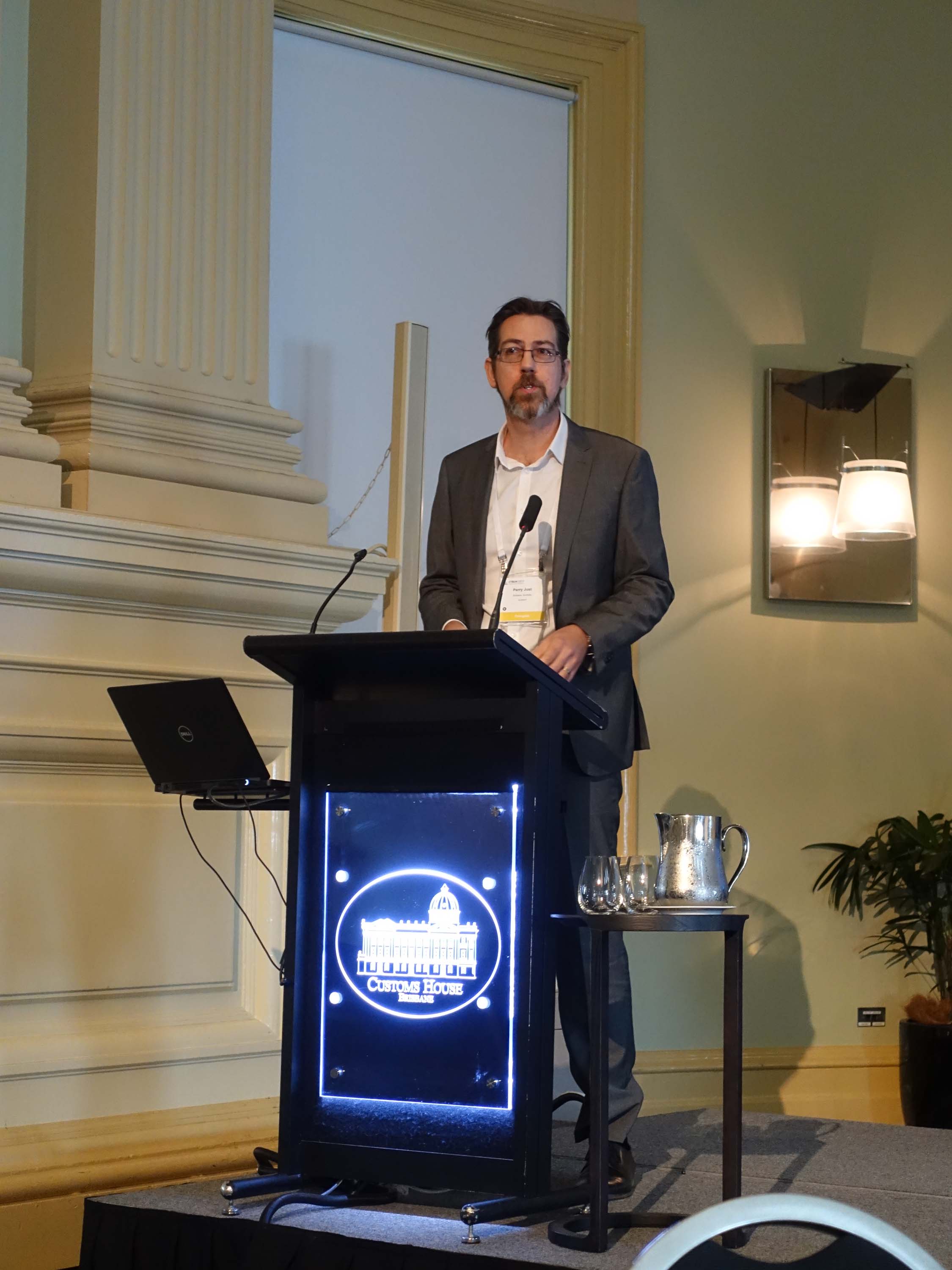
Perry Just, Senior Development Manager, Sunland Group, describes the development and design process of the Abian residential tower, which involved complex façade geometry.

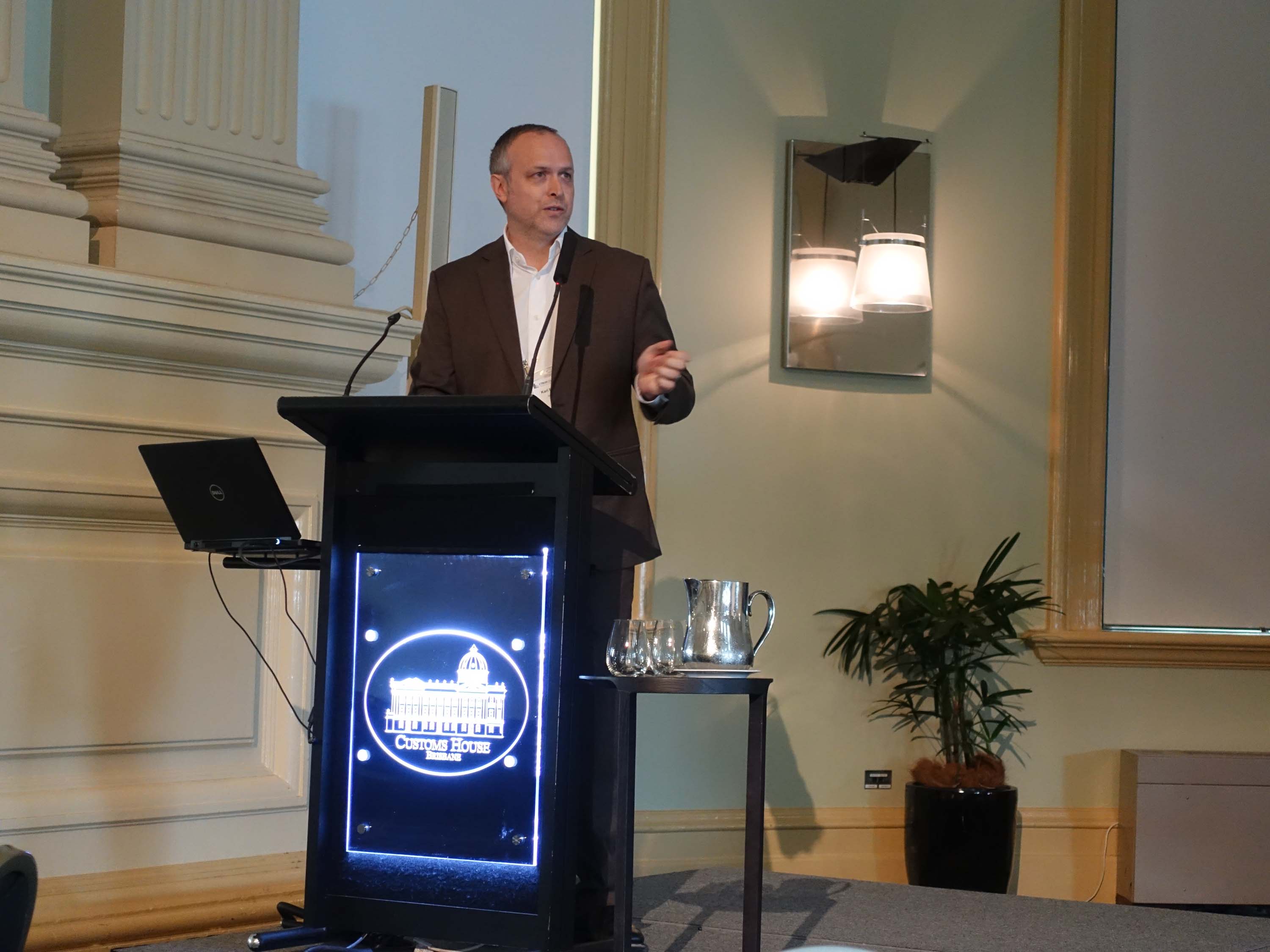
Karl Eckermann, Principal, Architectus, details the design of the upcoming 443 Queen Street project, which will provide new public connections to the river.

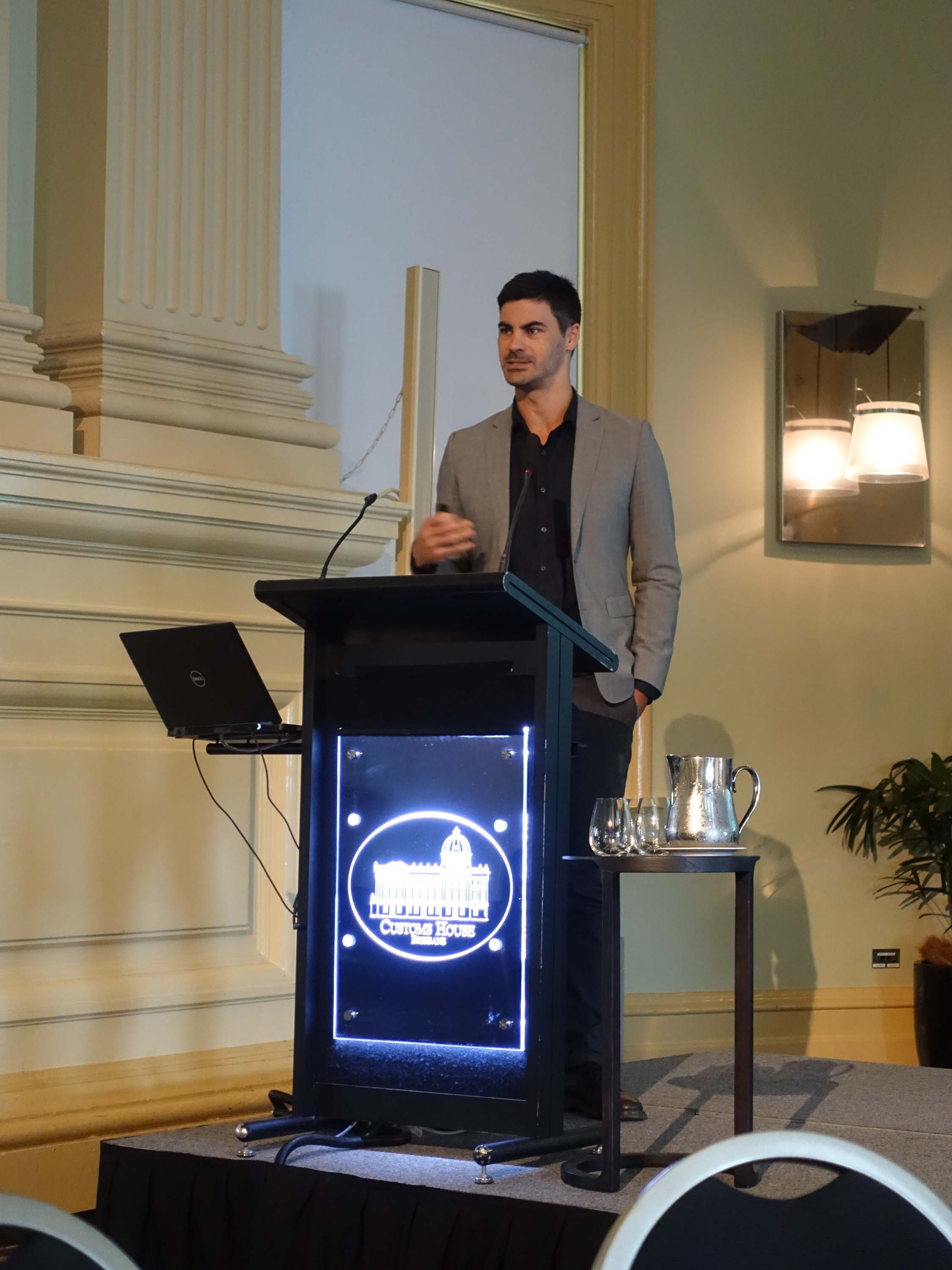
David Cowan, Urban Designer, Hassell, outlines principles that will lead to better outcomes in climatically appropriate, human-centric urban and high-rise design.

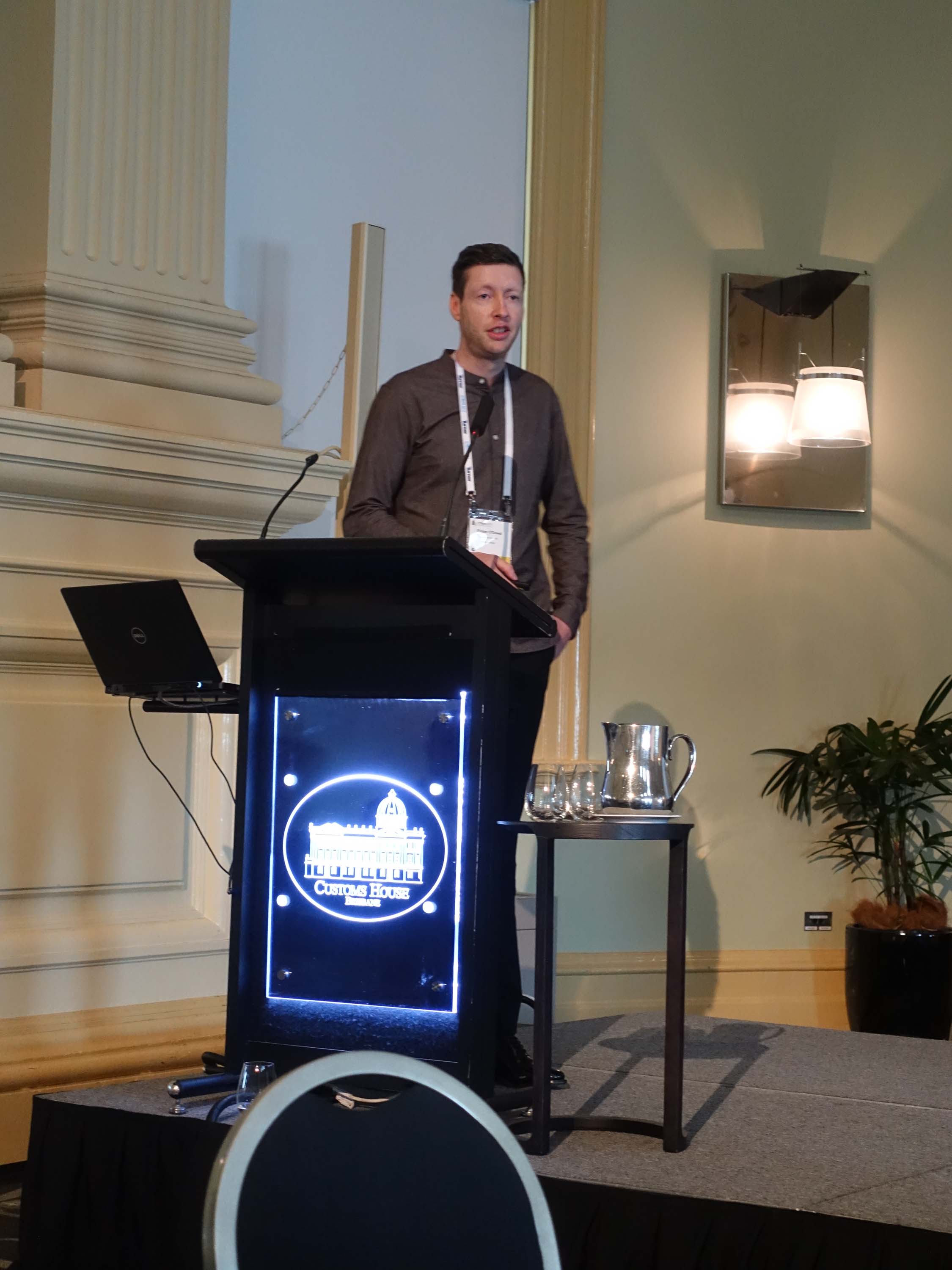
Finian O’Dowd, Senior Associate, Woods Bagot, delves into the design of 1 William Street, which delegates would tour later in the day.

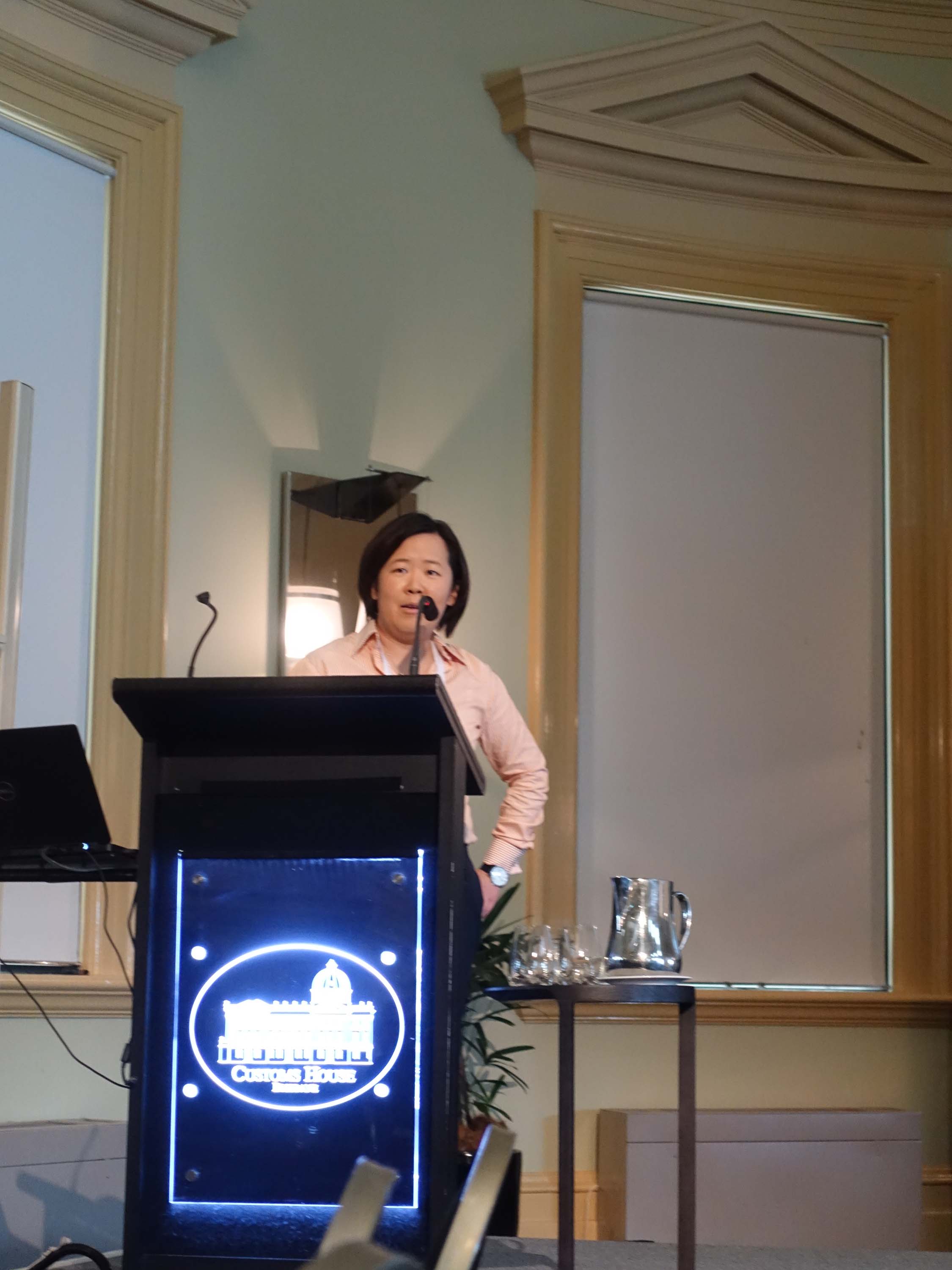
Joyce Lee, NSW Discipline Manager – Building Structures, Arcadis, details the intense engineering behind the 1 William Street project, which houses the offices of the Queensland state government.

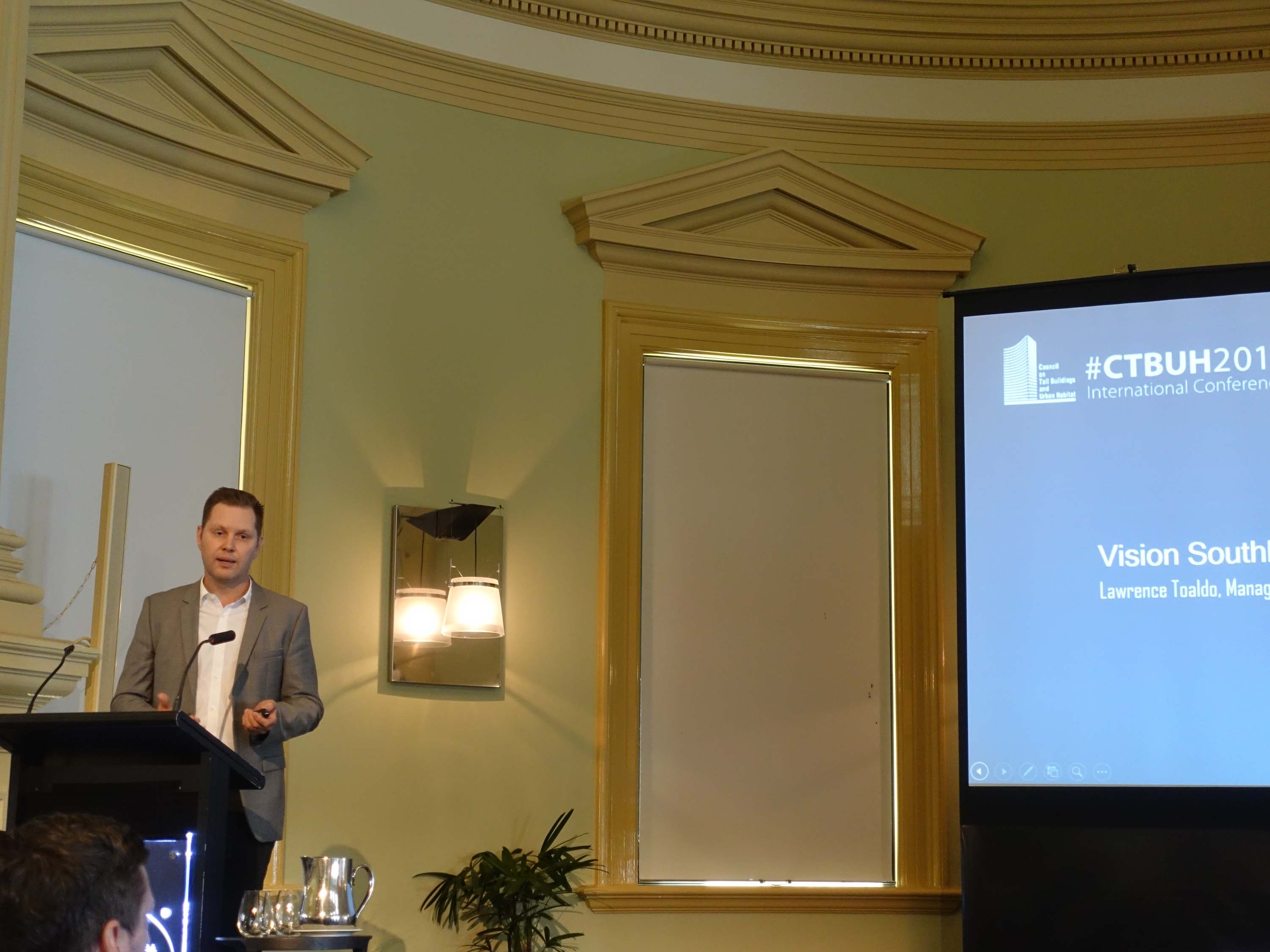
Lawrence Toaldo, Managing Director, Conrad Gargett, delivers a presentation on the Brisbane’s vision for remaking the Southbank area.


Katrina Face, Development Manager, Destination Brisbane Consortium, outlines the plans for Destination Brisbane at Queen’s Wharf, one of the largest urban regeneration projects in Brisbane’s history.

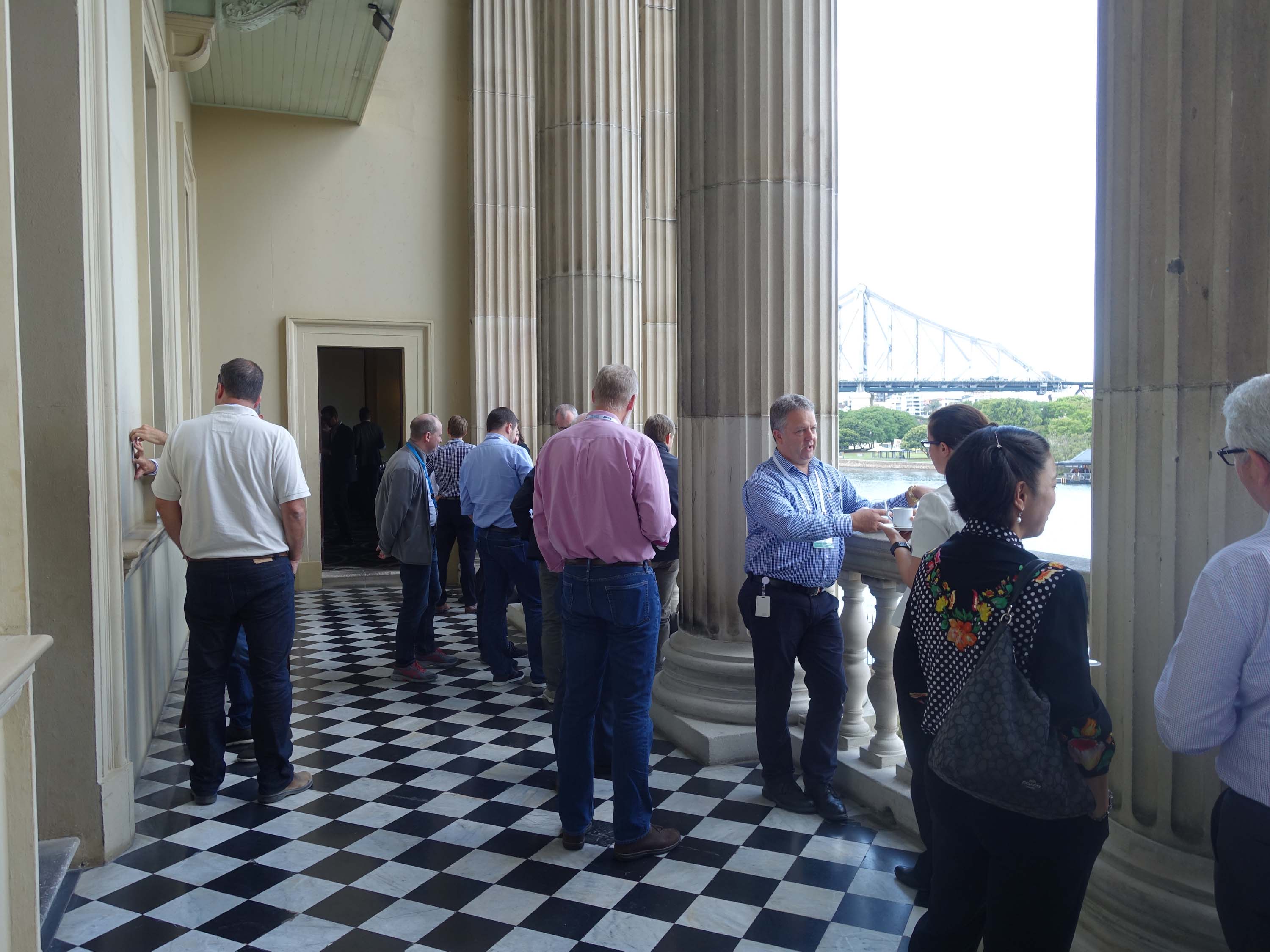
The second day of the Brisbane program was held at the heritage building Customs House, which had an excellent view of the river from the verandah. Here, delegates enjoy a coffee break.

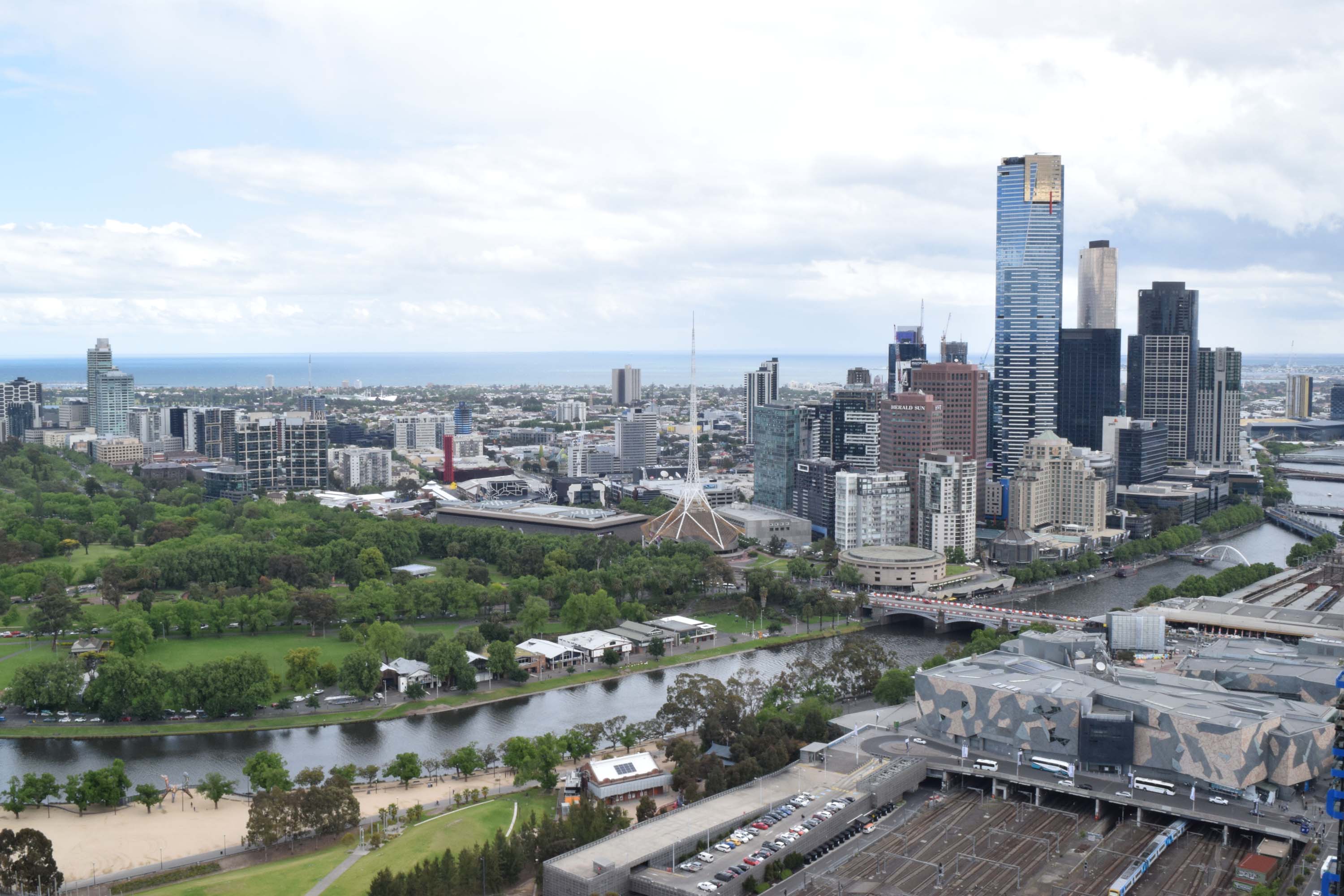
The view of Southbank from the top of 1 Spring Street, an off-site program location in Melbourne on the final day of the conference.

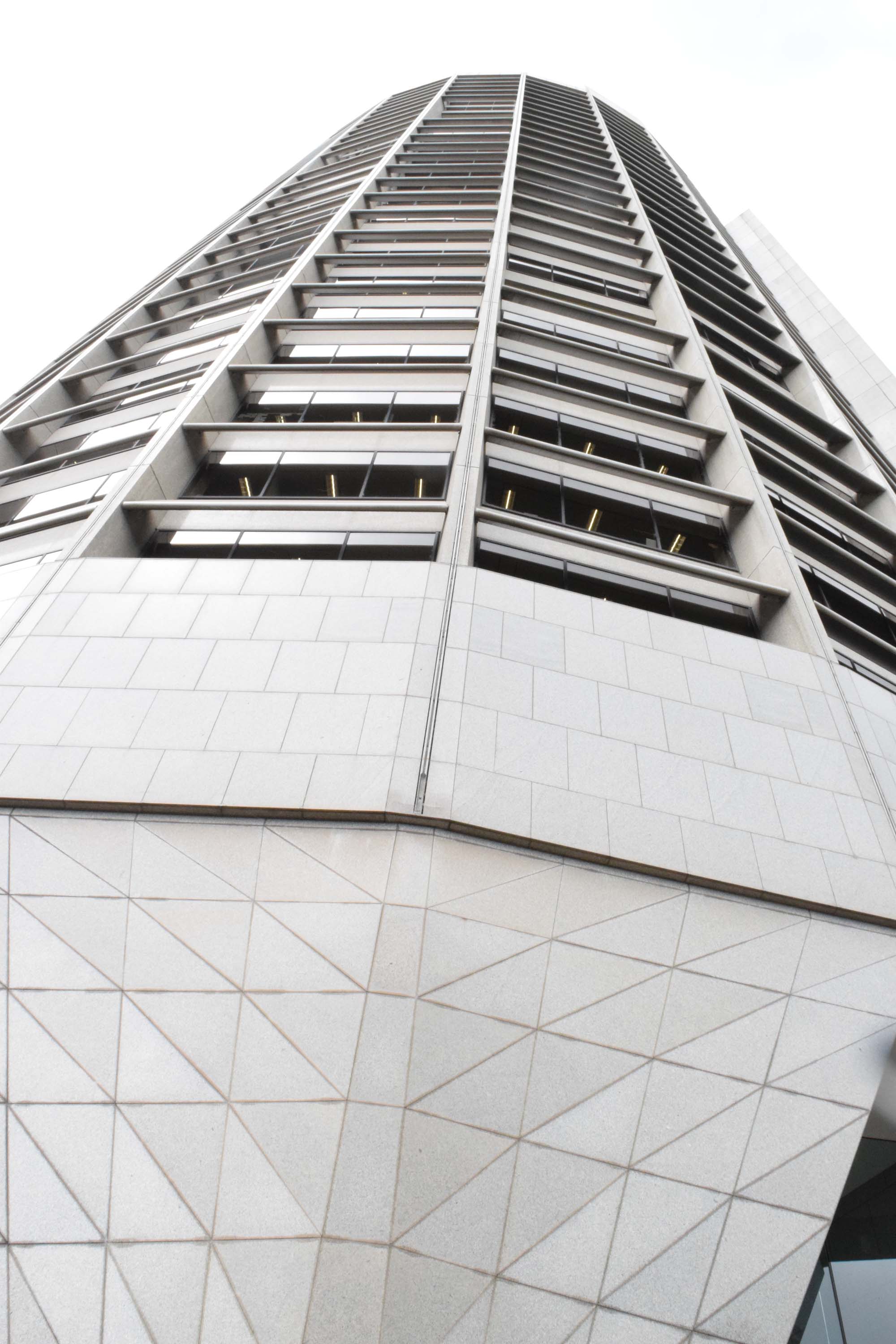
1 Spring Street is the only Harry Seidler building constructed in Melbourne proper.

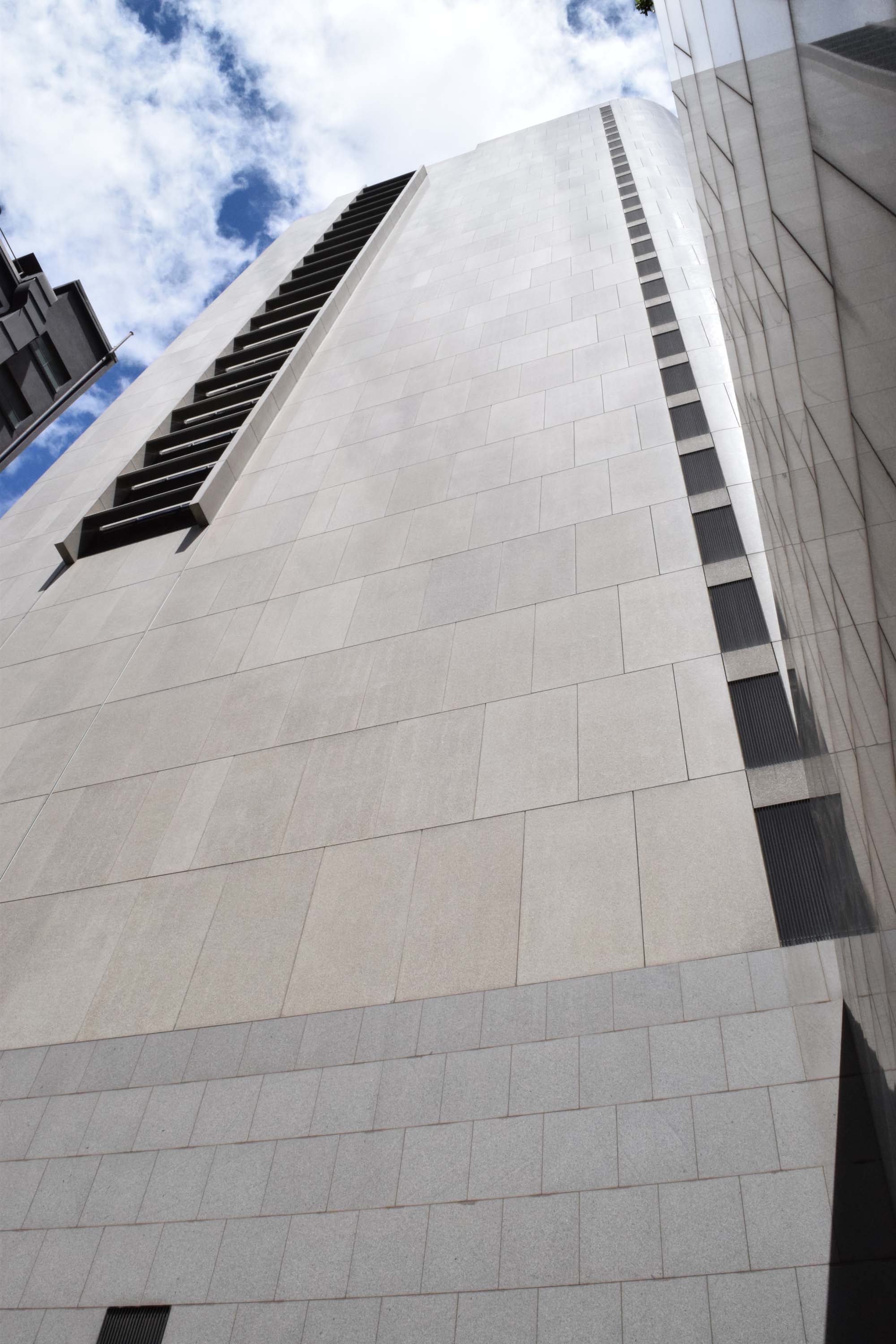
Each elevation of 1 Spring Street offers a wildly difference geometry, following its unique S-shaped plan.


A view of 1 Spring Street from the vantage point of the podium garden.

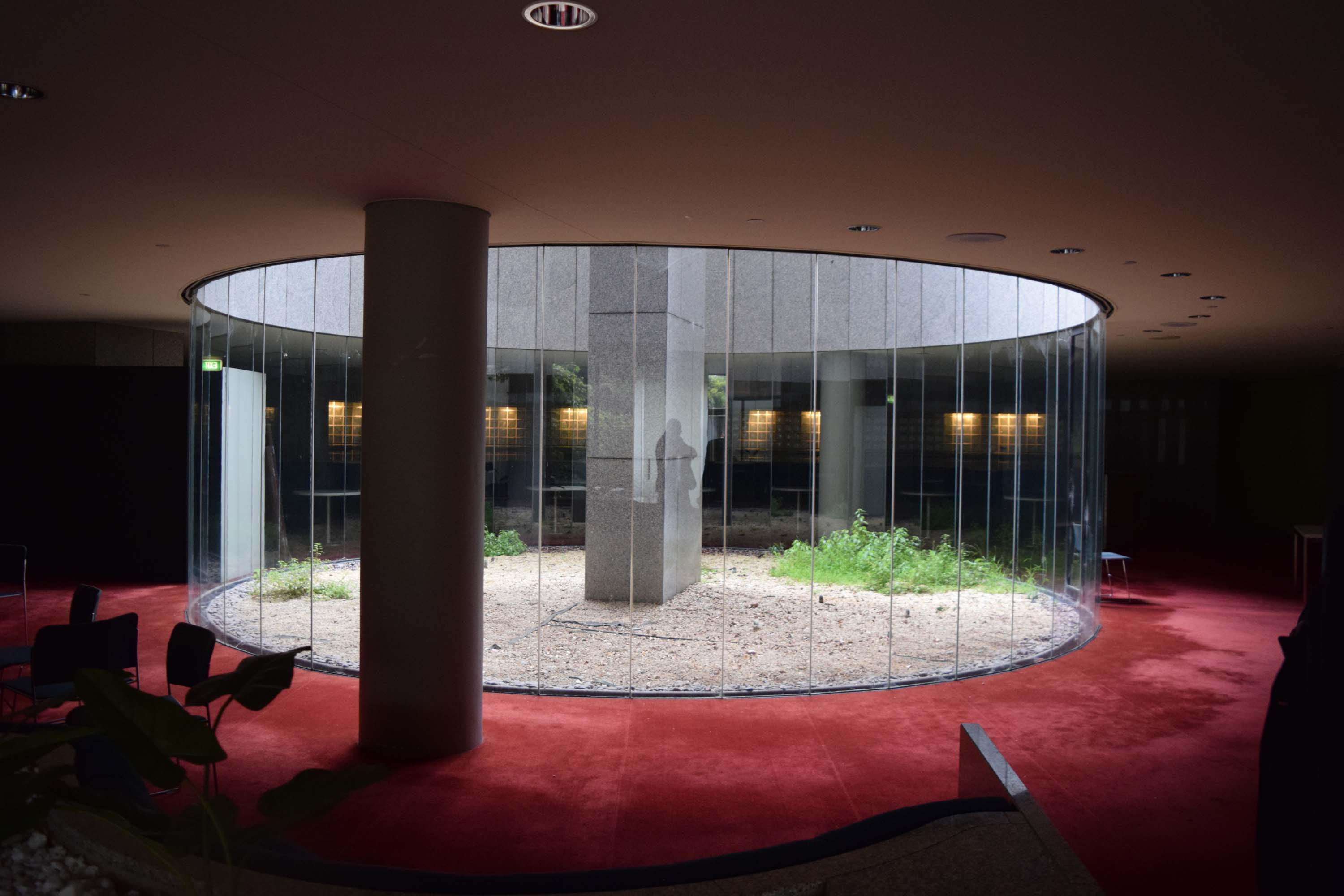
A light well illuminates what was once a vibrant canteen, but is now a quiet common space.

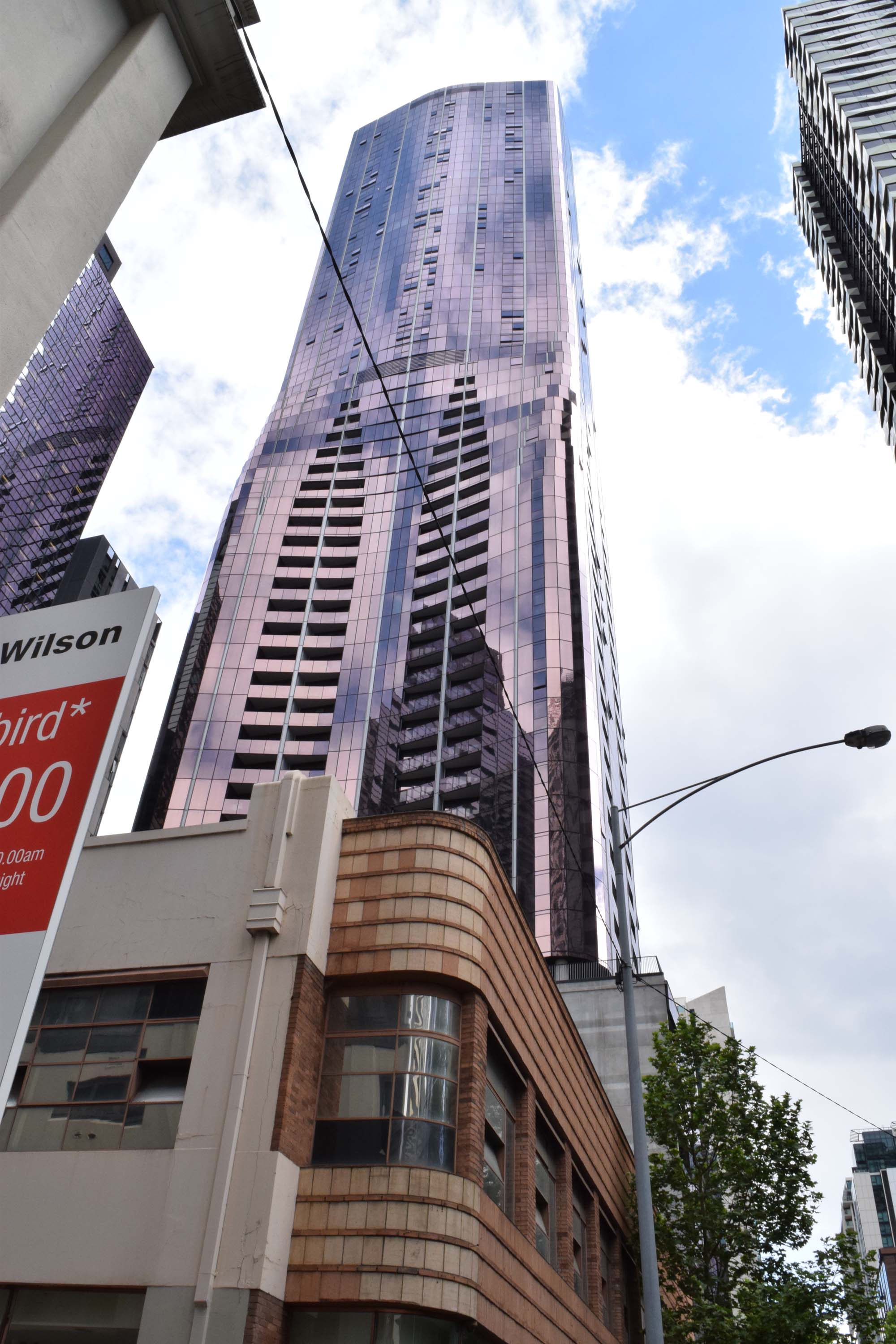
EQ Tower was another off-site location in Melbourne, offering delegates a look at a contemporary residential tower.

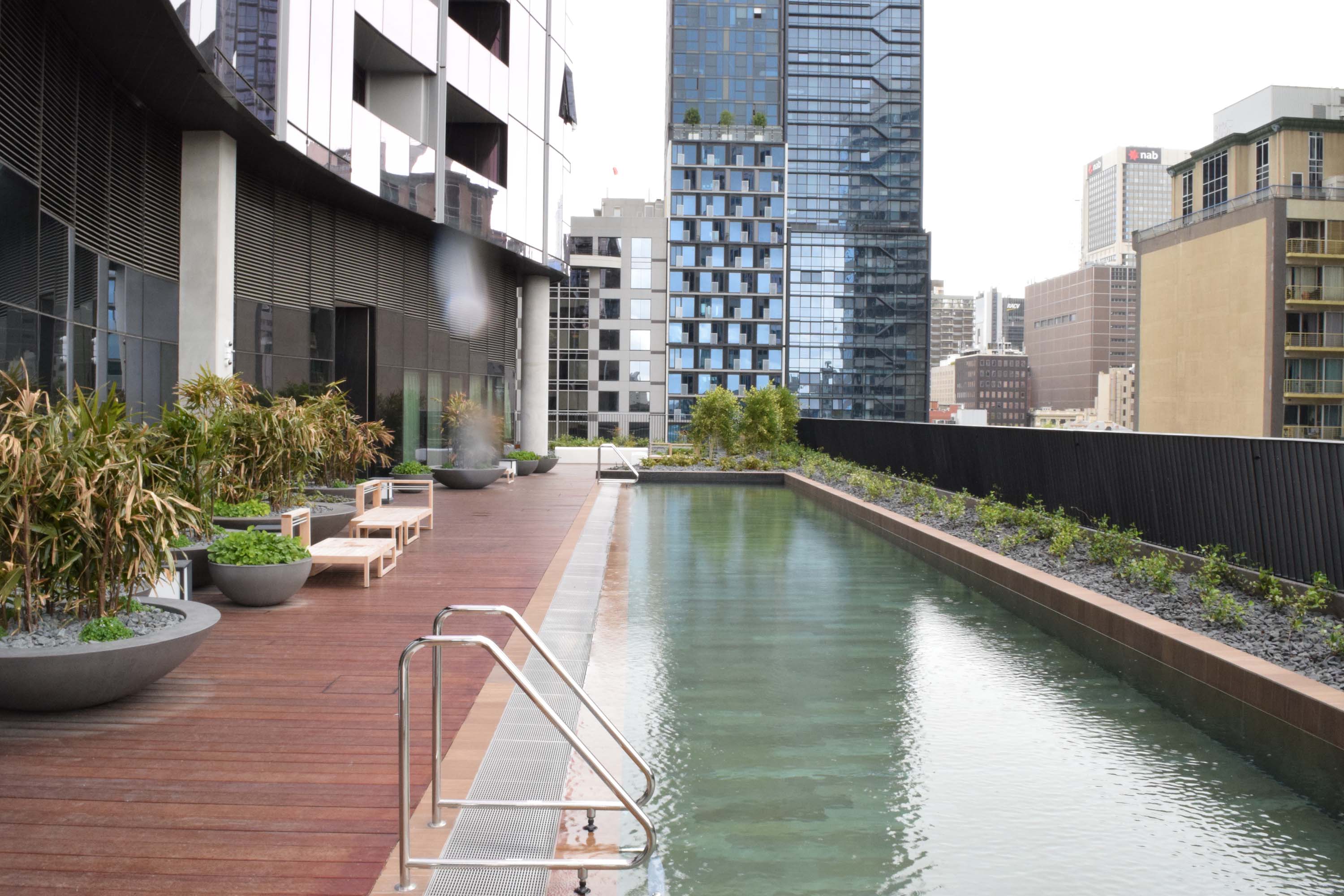
Amenities at EQ Tower include a pool, screening rooms, karaoke spaces, a full gym, yoga rooms, lounges, and large dining areas, all of which can be booked by residents via mobile app.

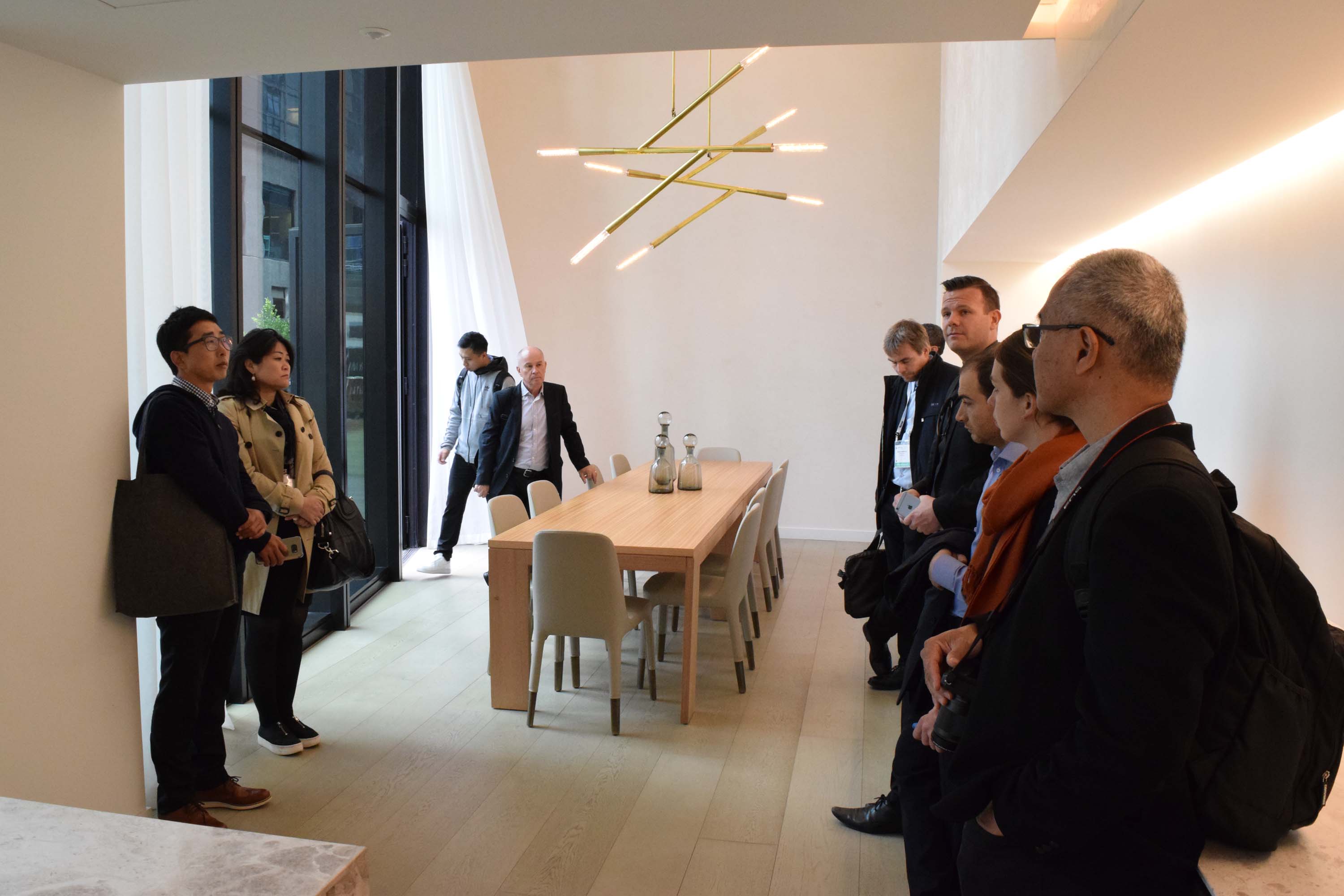
Delegates tour one the of bookable dining rooms in the podium of EQ Tower.


Matthew Khoo, Deputy Manager Director, ICD Property, discusses a 57-square-meter residence on the 62nd floor.

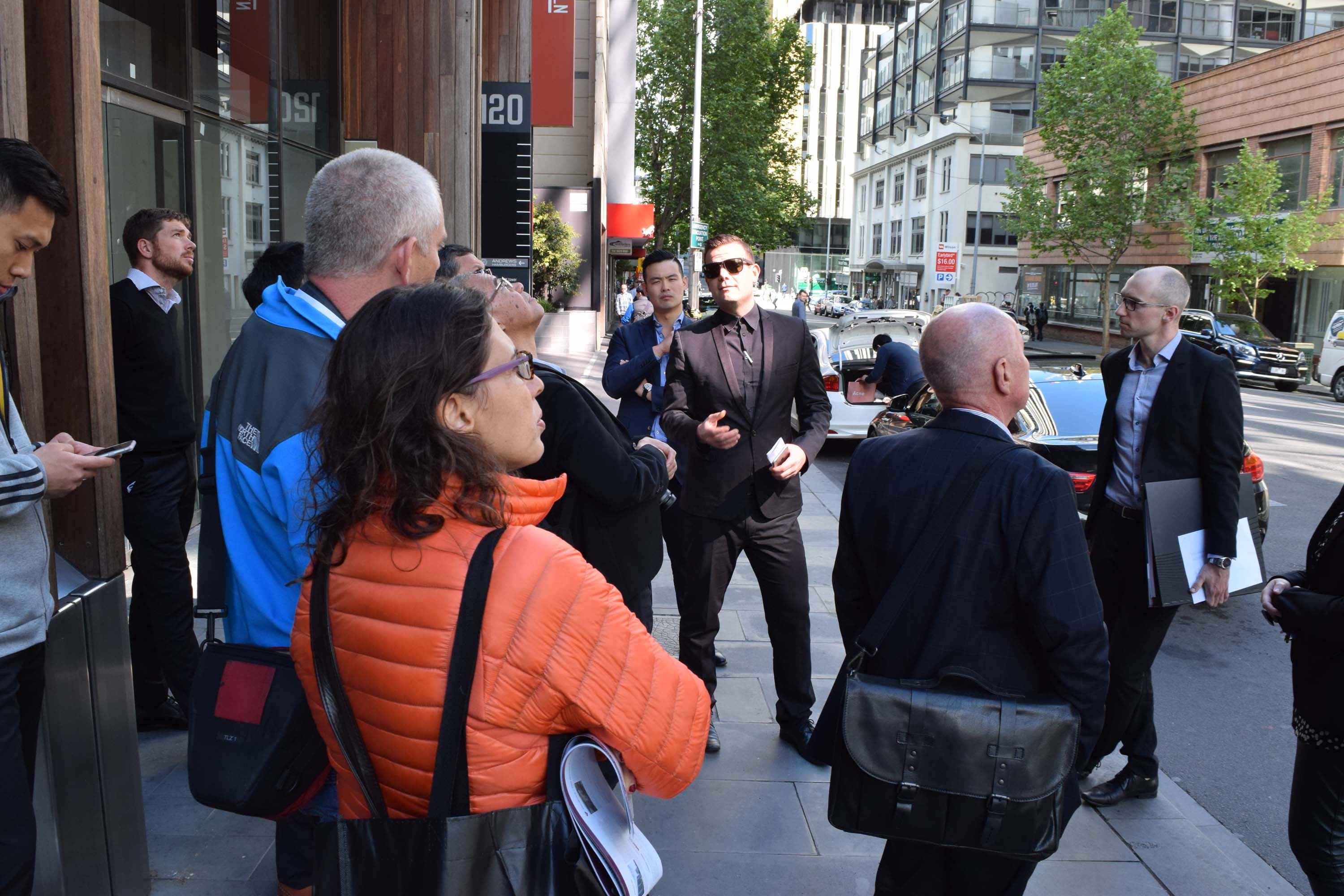
Reade Dixon, Principal, Elenberg Fraser, discusses how the form of the building wasn’t derived sculpturally, but from the inside-out based on the unit characteristics, performance targets, and setback requirements.

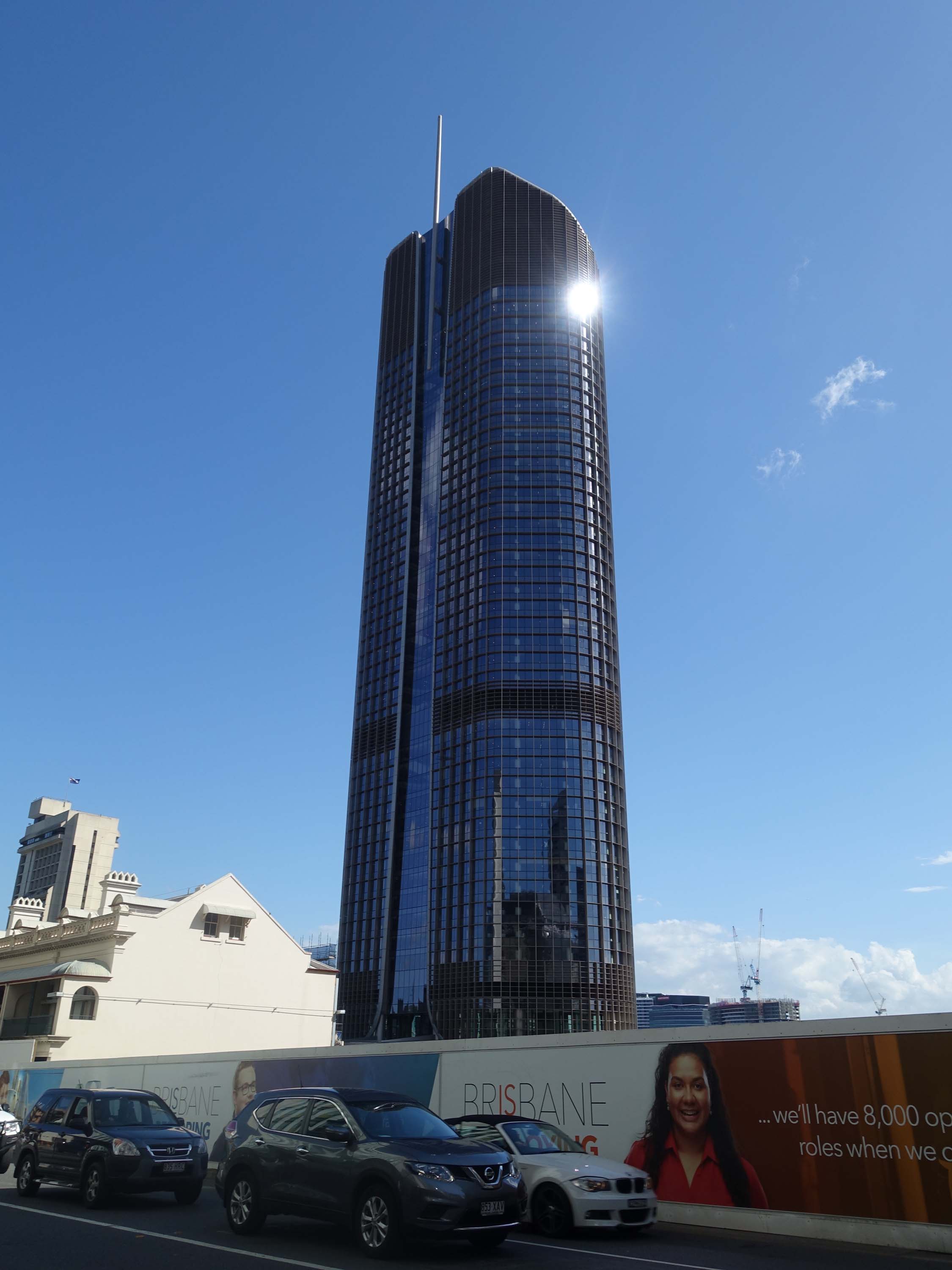
The Queensland state government consolidated its offices into the stunning 1 Williams Street, Brisbane’s tallest, in 2016. It was the subject of a presentation and site tour on the Brisbane program.

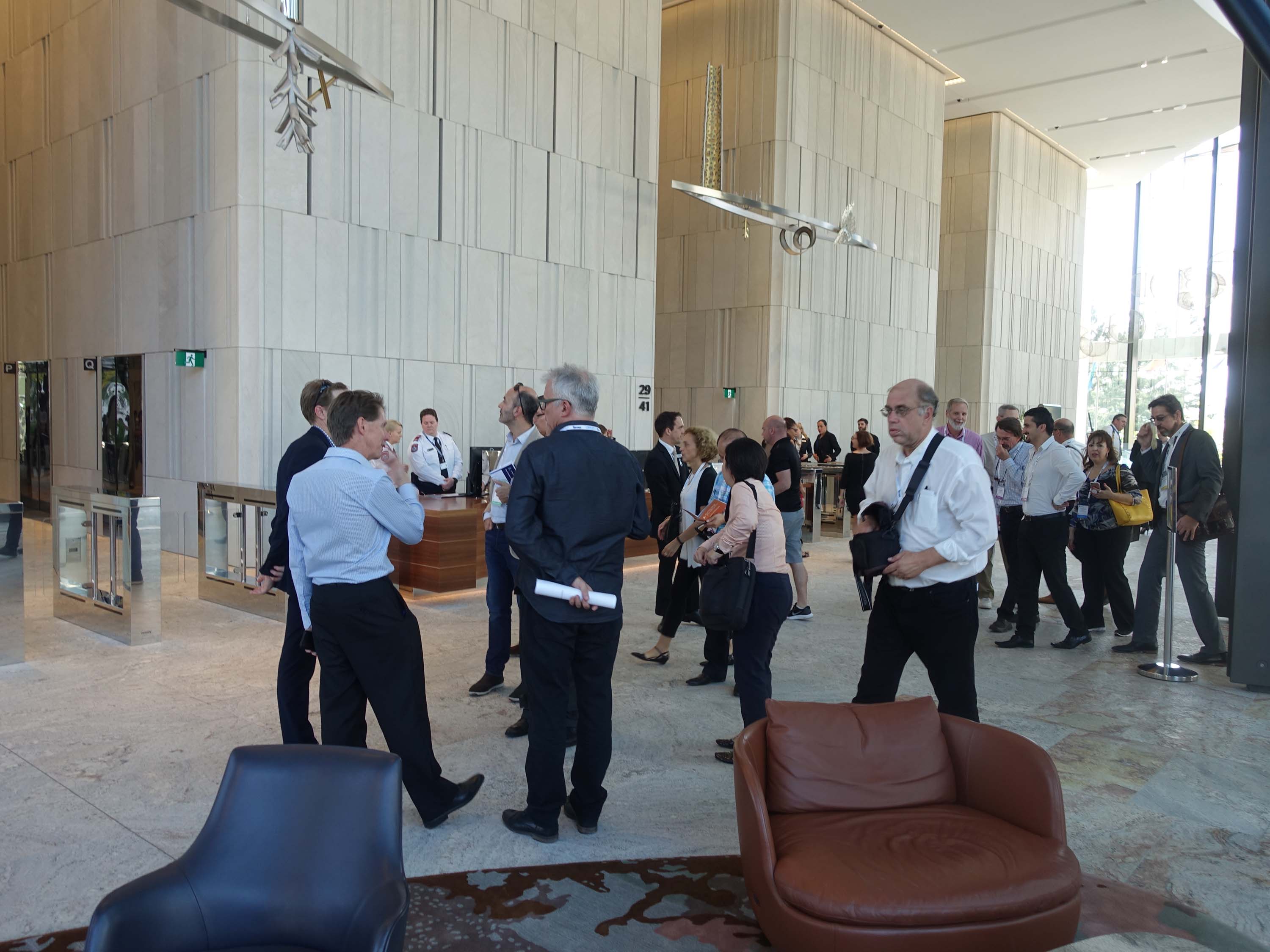
Delegates assemble in the lobby of 1 William Street in advance of the tour.

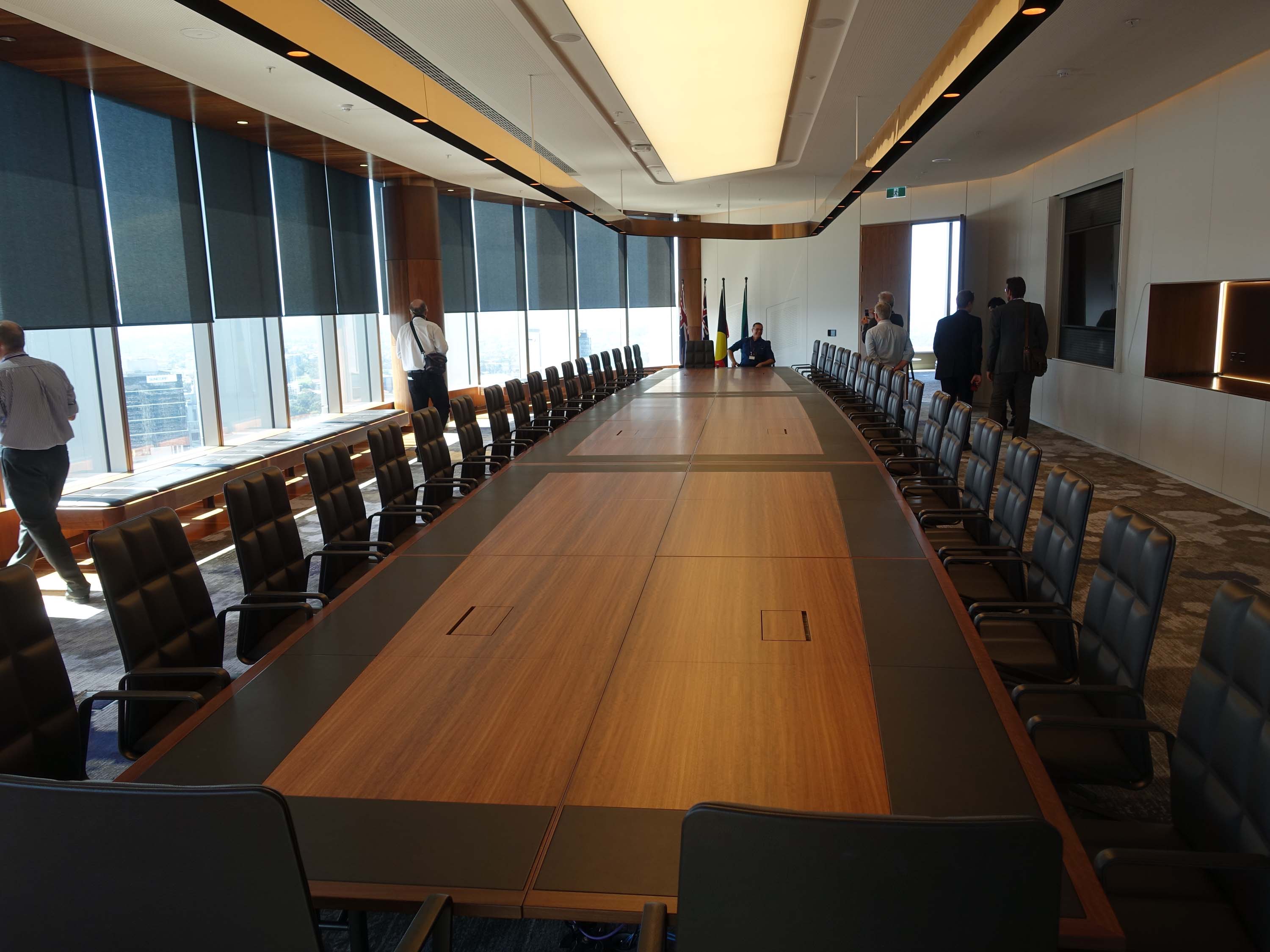
The tour visited the assembly room on the 42nd floor, with its enormous meeting table.

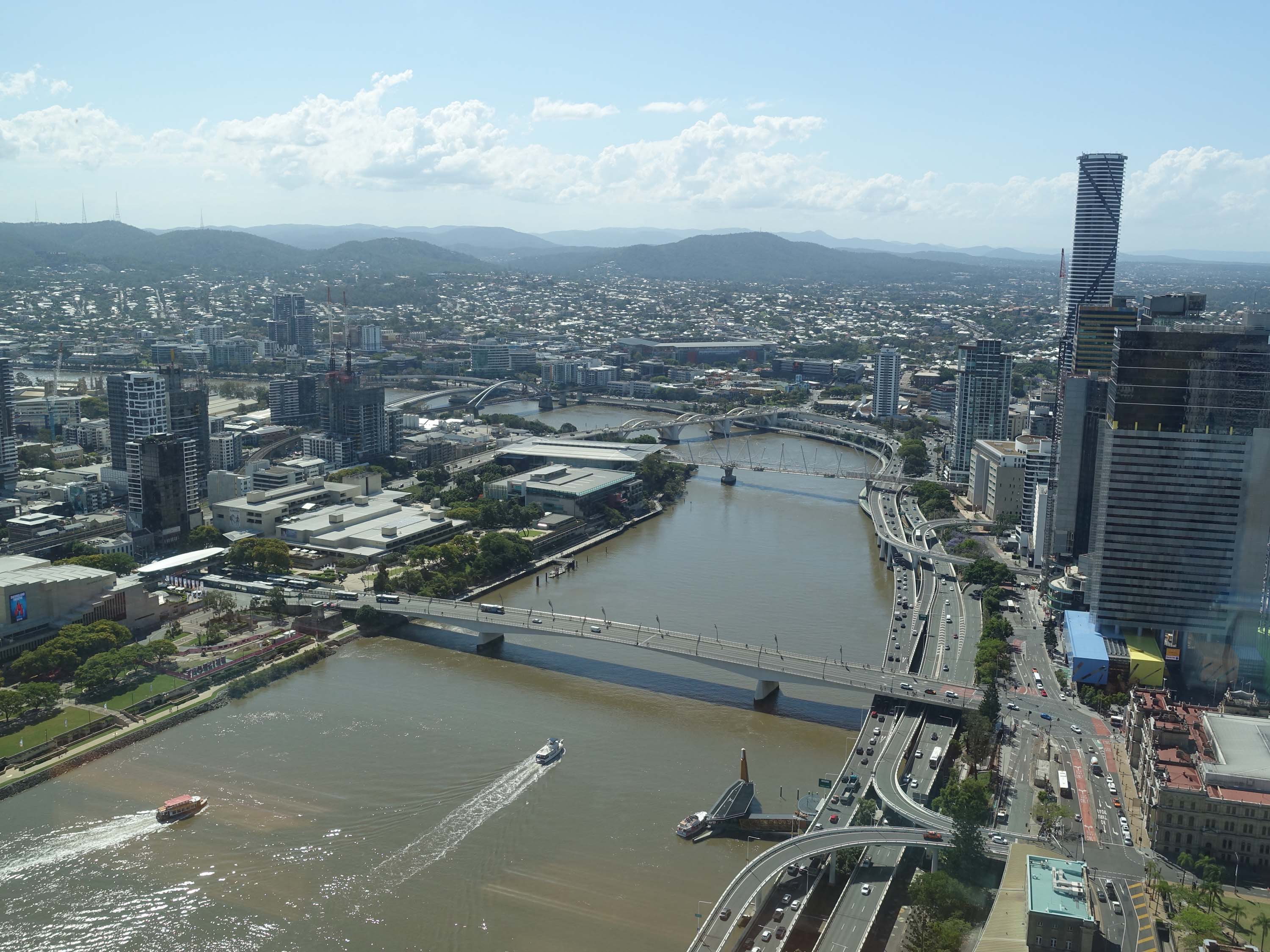
The view from the assembly room at 1 William Street, up the Brisbane River, with Southbank, the site of the 1988 Expo, at left.

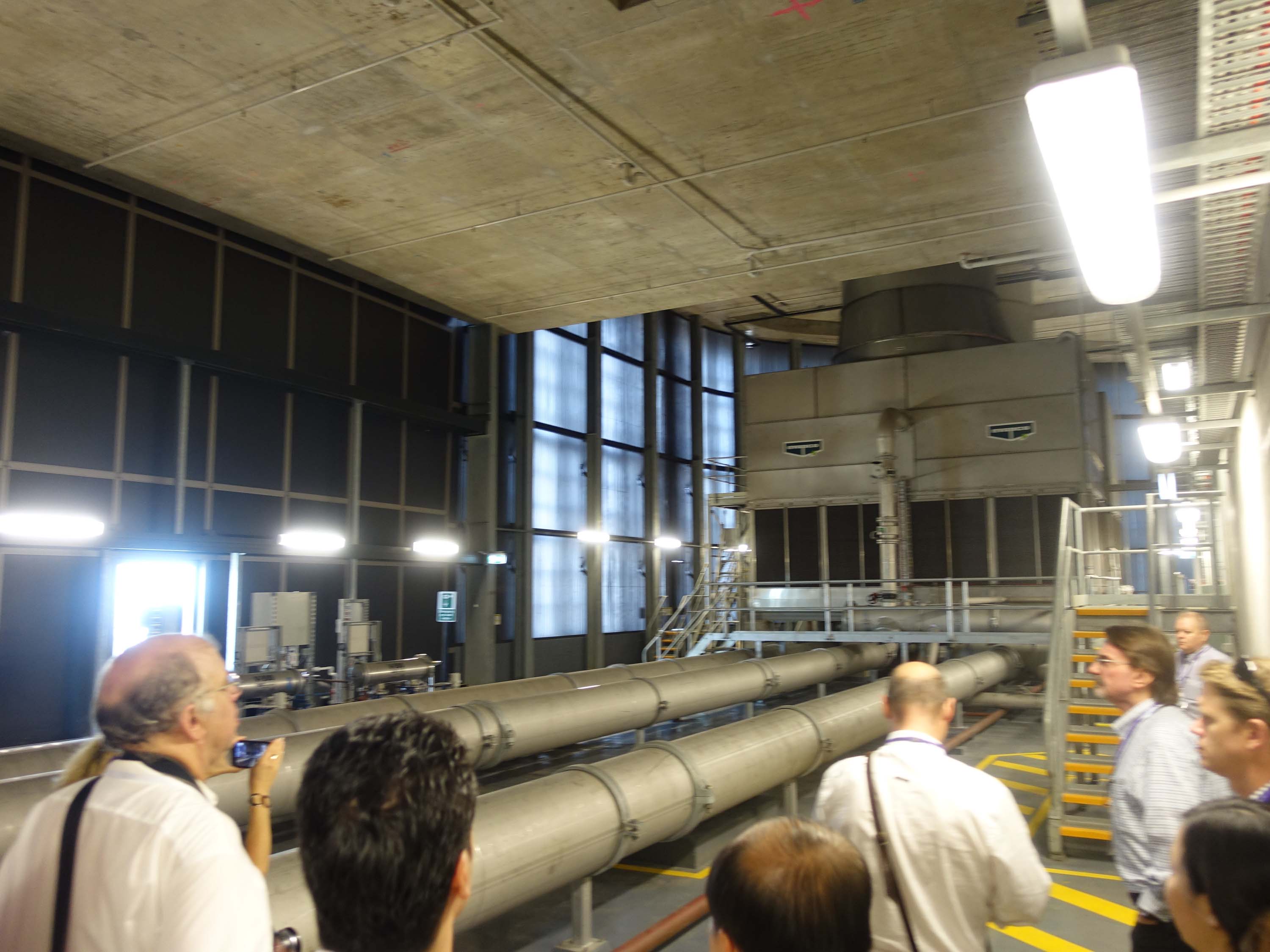
Inside the louvers encasing the chiller plant, atop 1 William Street.

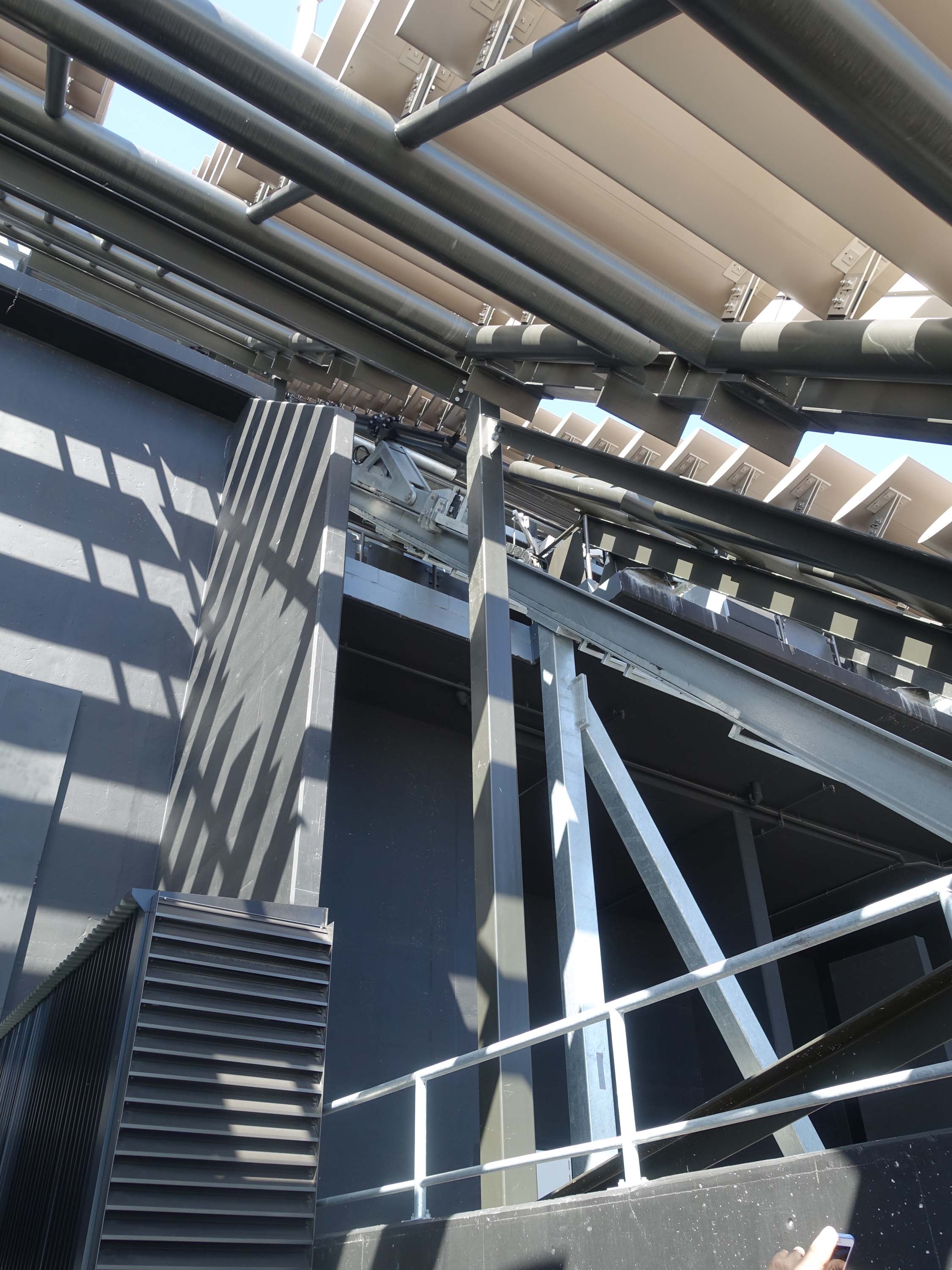
A view up the steel track of the Building Maintenance Unit (BMU), which is tucked into a “garage” behind a rolling door. When in use, the louvers slide aside, the BMU slides down the rails, and can circumnavigate and clean the entire building from the perimeter rail at the base of the angled crown.

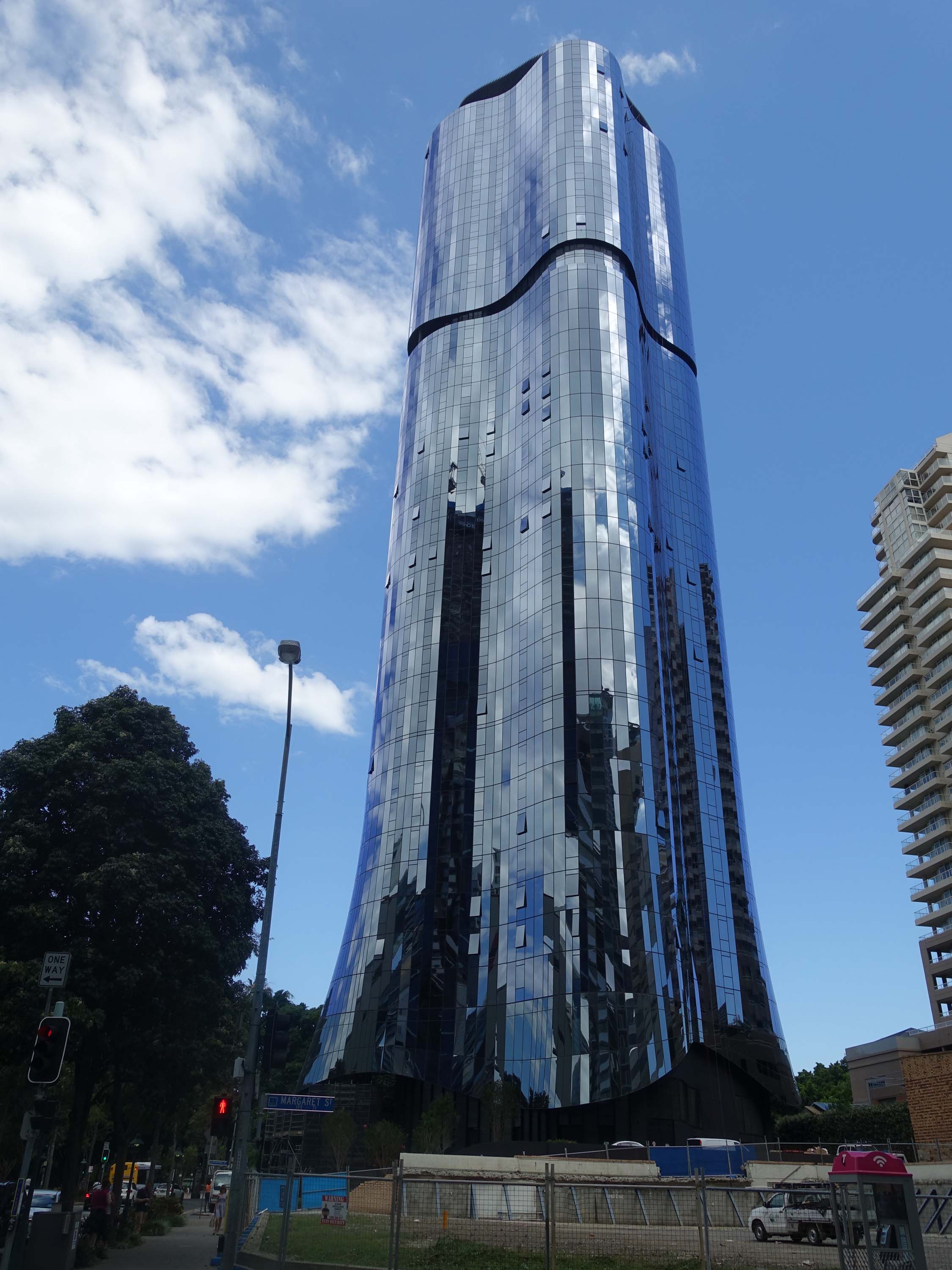
The 148-meter Abian Sunland apartments includes a flared, glazed canopy, whose complex geometry allows it to transition smoothly into the vertical insulated glass façade.

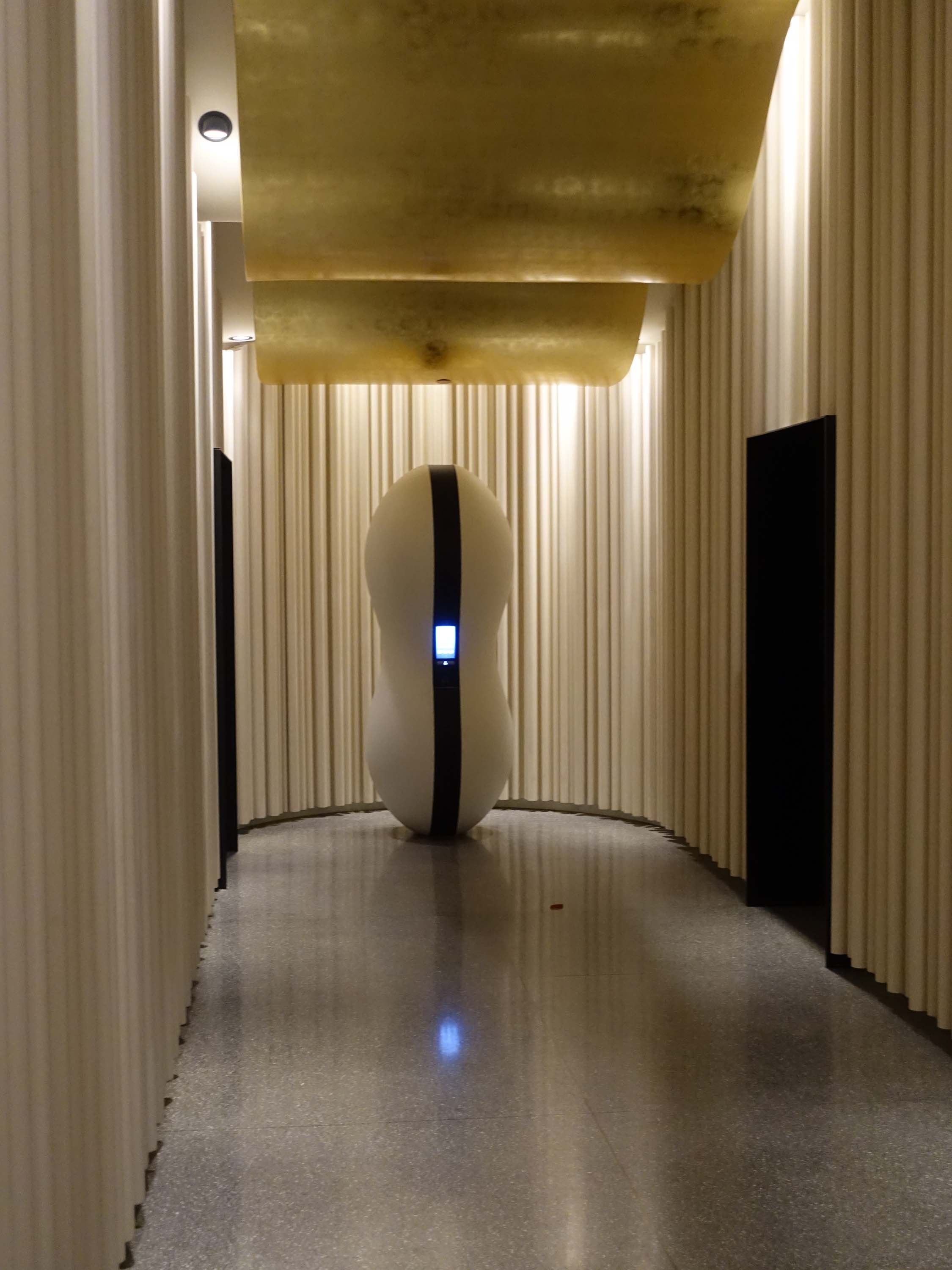
The elevator lobby of the Abian includes molded gypsum paneling that looks like folded curtains, and a peanut-shaped destination management console.

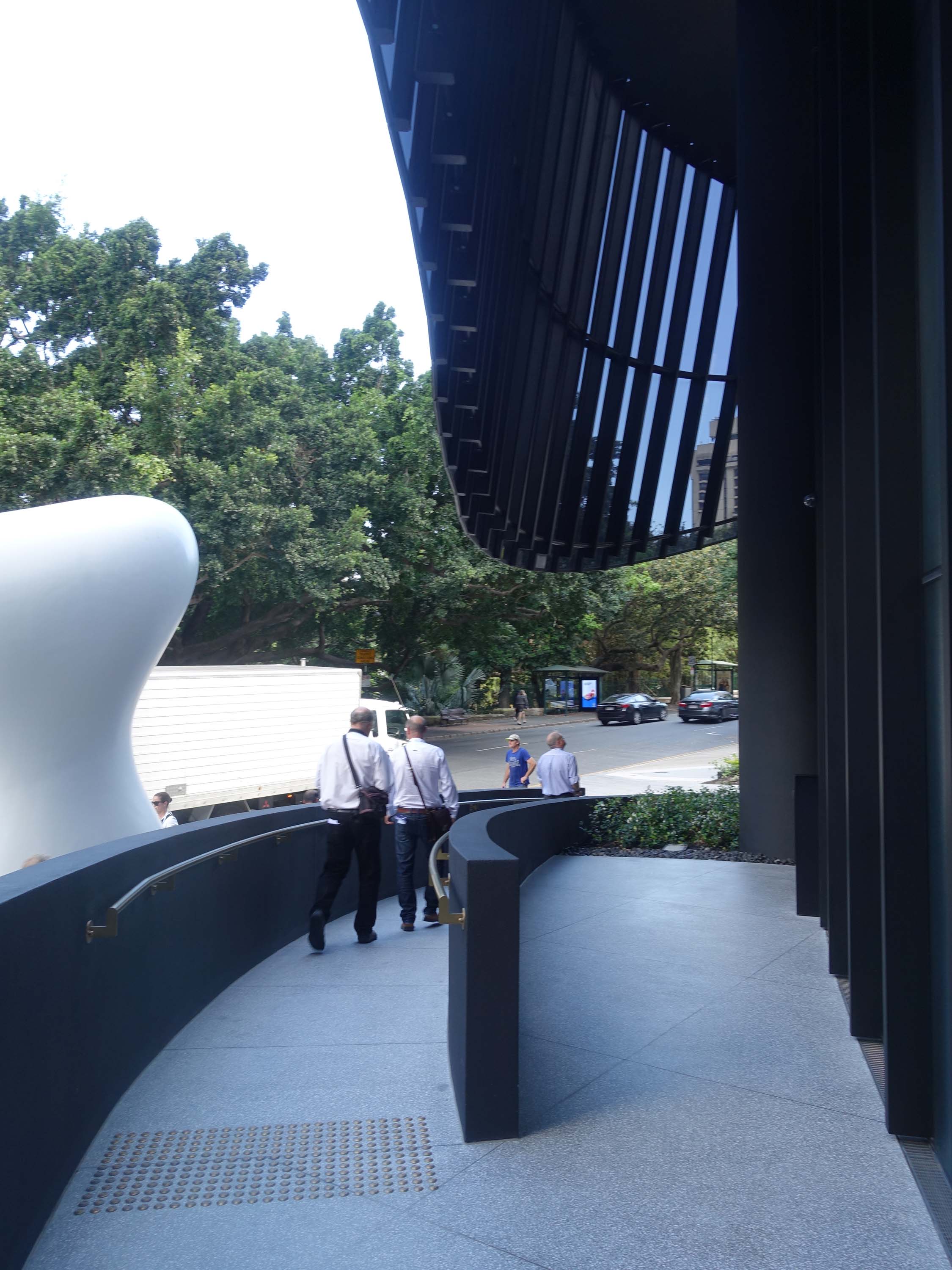
The curvature of the canopy becomes most obvious when descending the ramp along the perimeter.

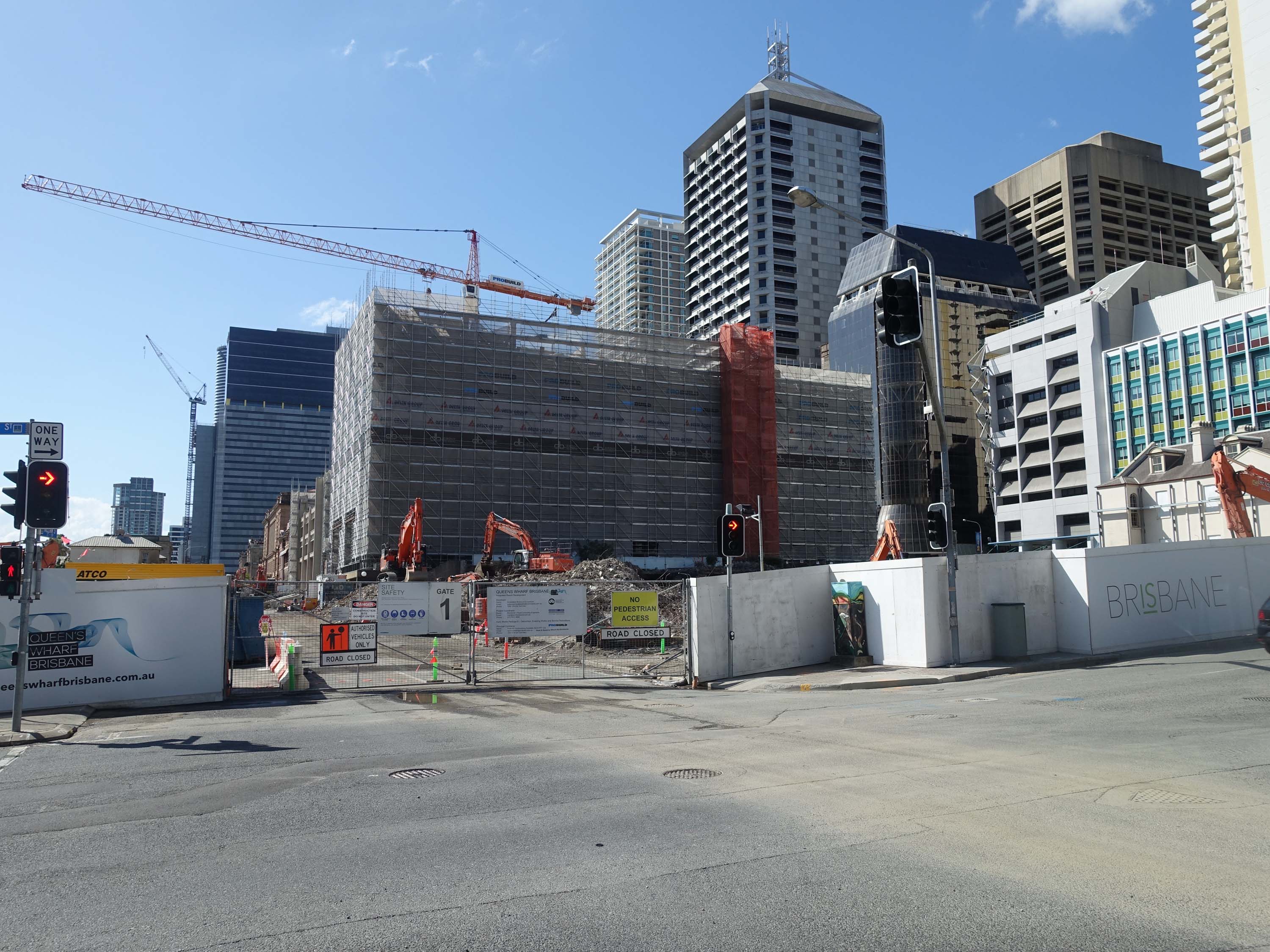
Demolition is underway to clear several blocks for the Destination Brisbane project, a $3 billion integrated resort and entertainment district.

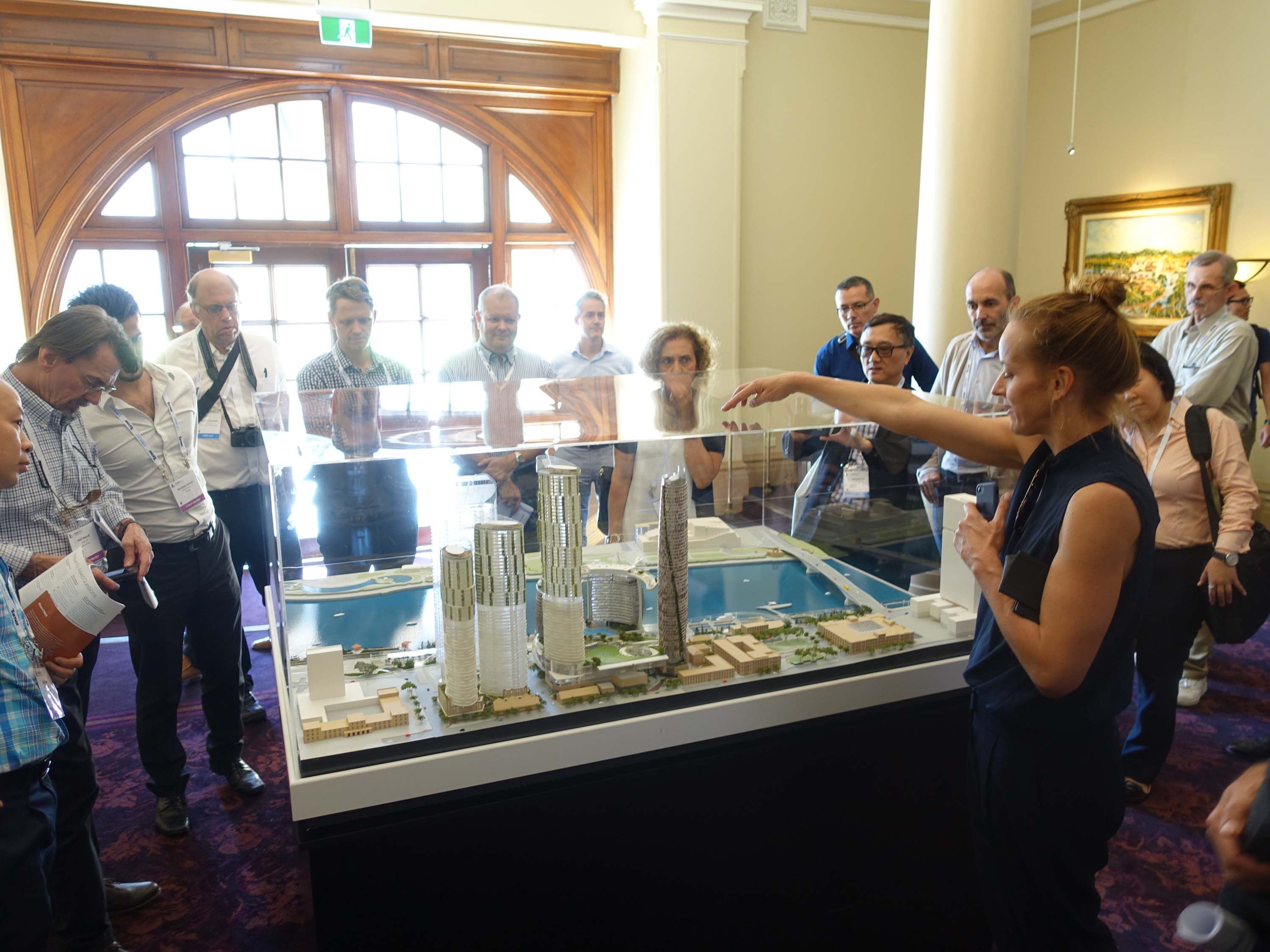
Katrina Face, Development Manager, Destination Brisbane Consortium, points out the key features of the Destination Brisbane project on a scale model in its showroom at the former state treasury building.

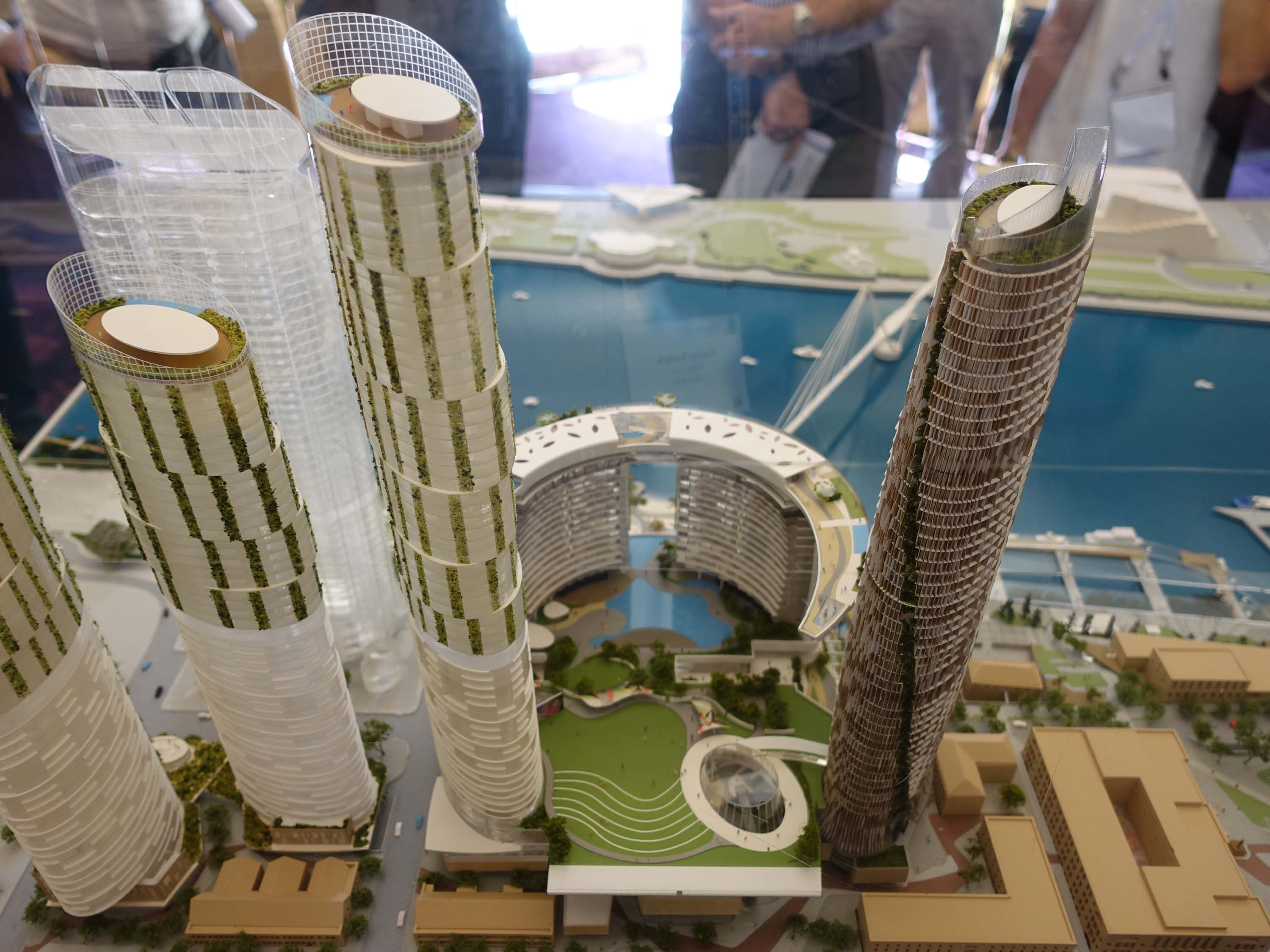
The 430,000 square-meter Destination Brisbane project will feature four towers containing two hotels, a casino, amenity deck, and a semicircular skybridge that will be open to the public. It will also incorporate nine restored heritage buildings.

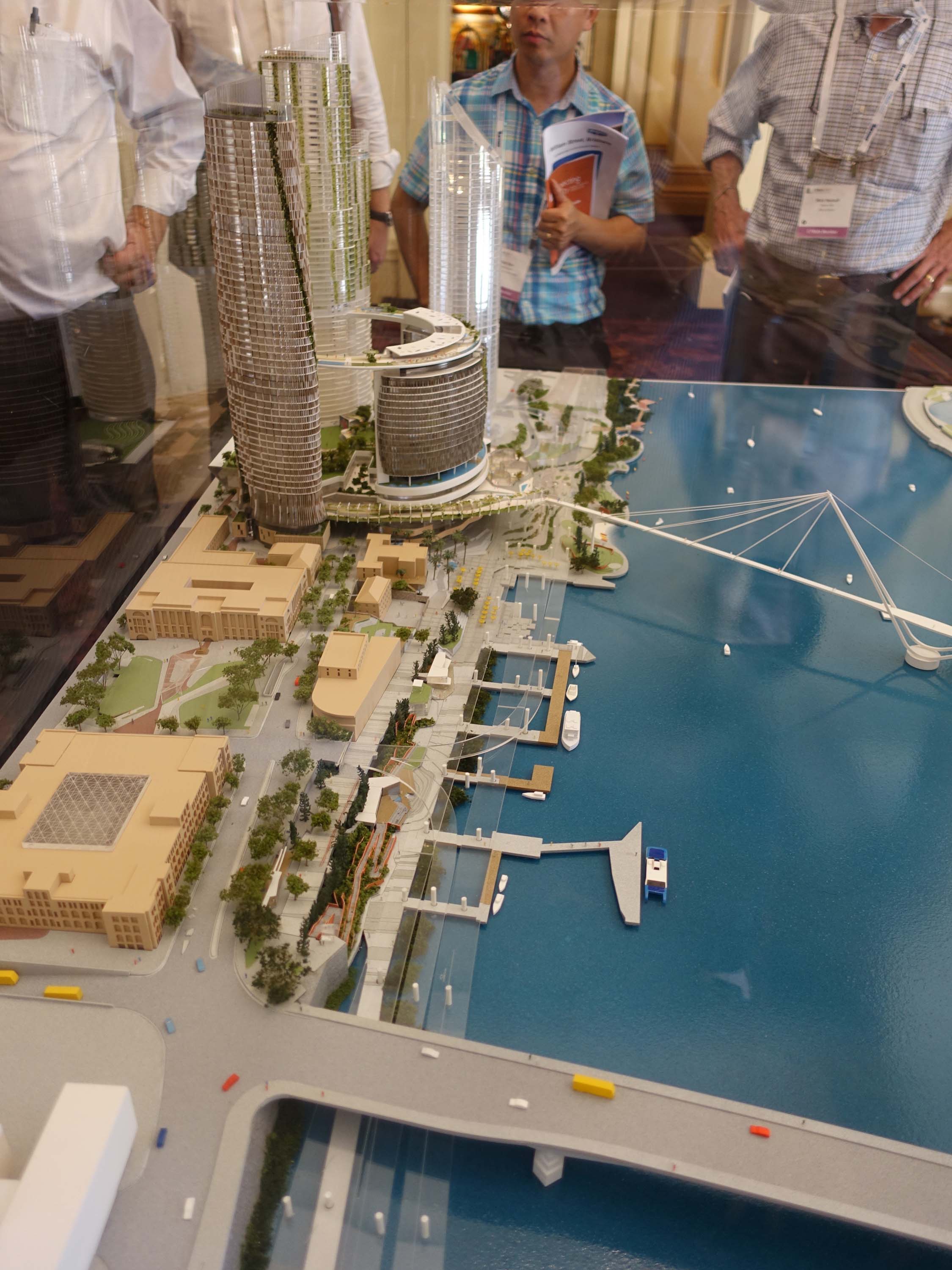
Destination Brisbane will connect to Southbank via a cable-stayed pedestrian bridge.

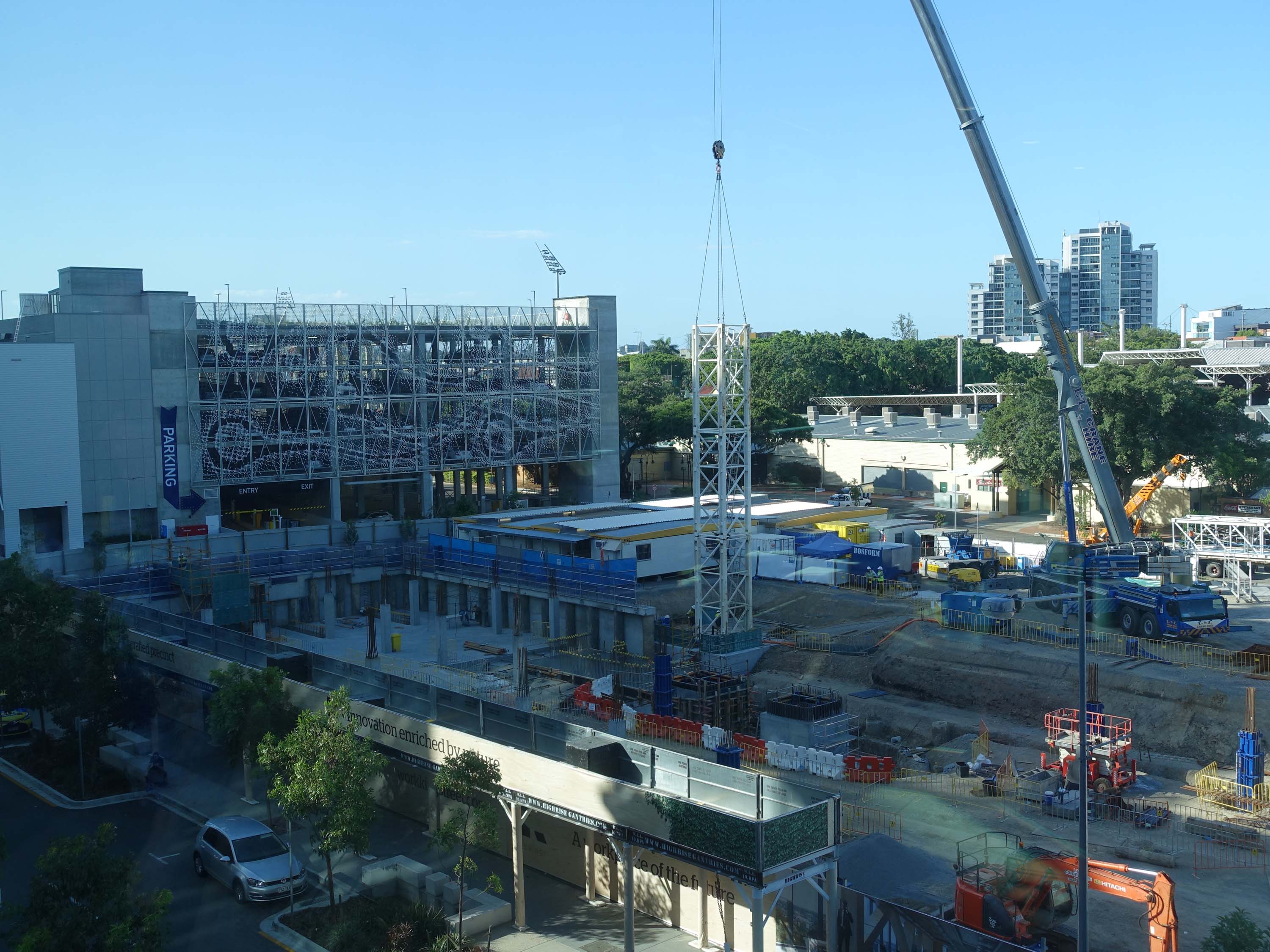
At the final stop of the day, a tower crane was being assembled on the construction site of 25 King, set to be one of the world’s tallest timber-framed office buildings.

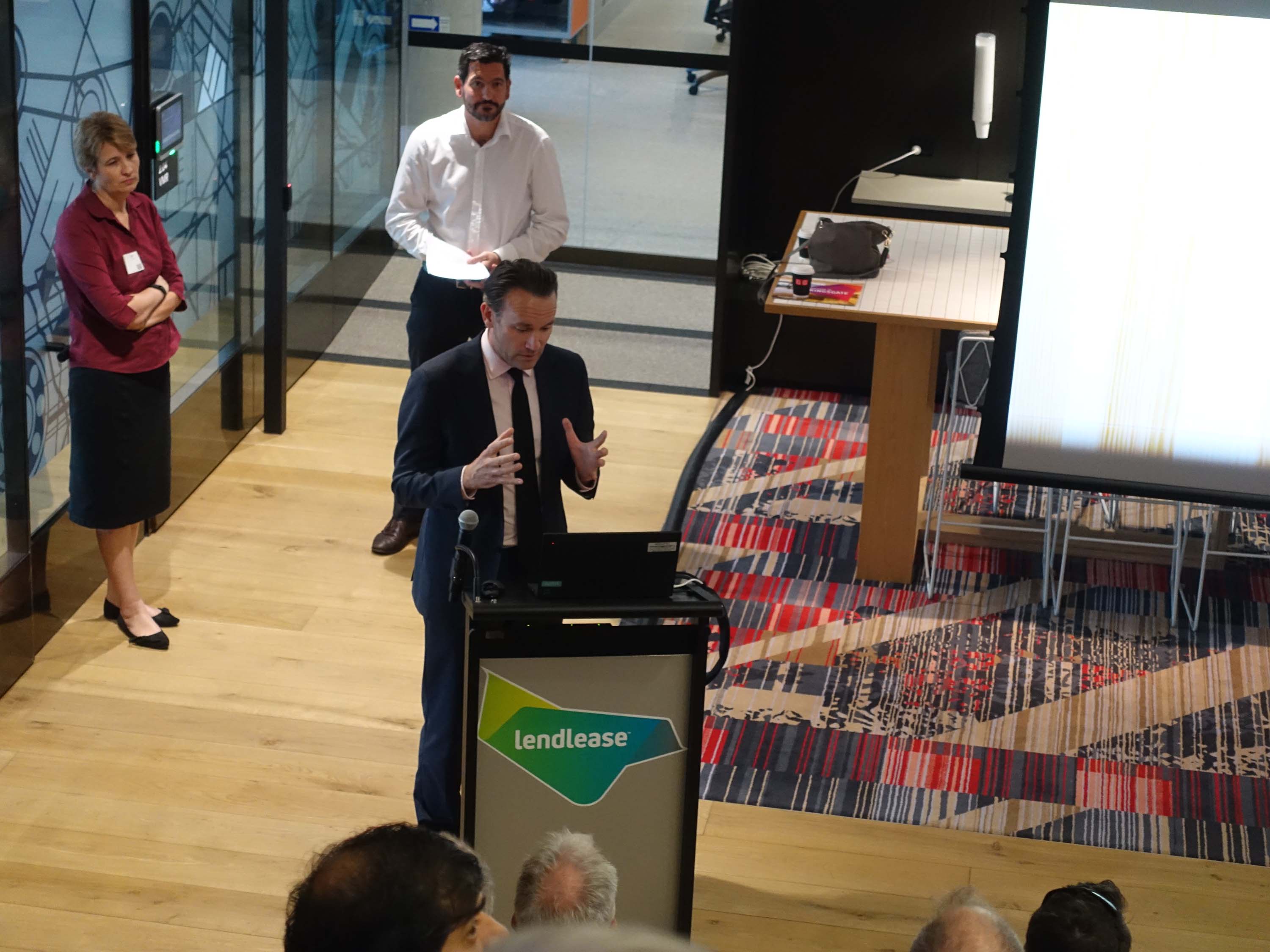
Matthew Miller, Senior Development Manager, Lendlease, details the development strategy behind 25 King and the wider King Street redevelopment project in Brisbane.

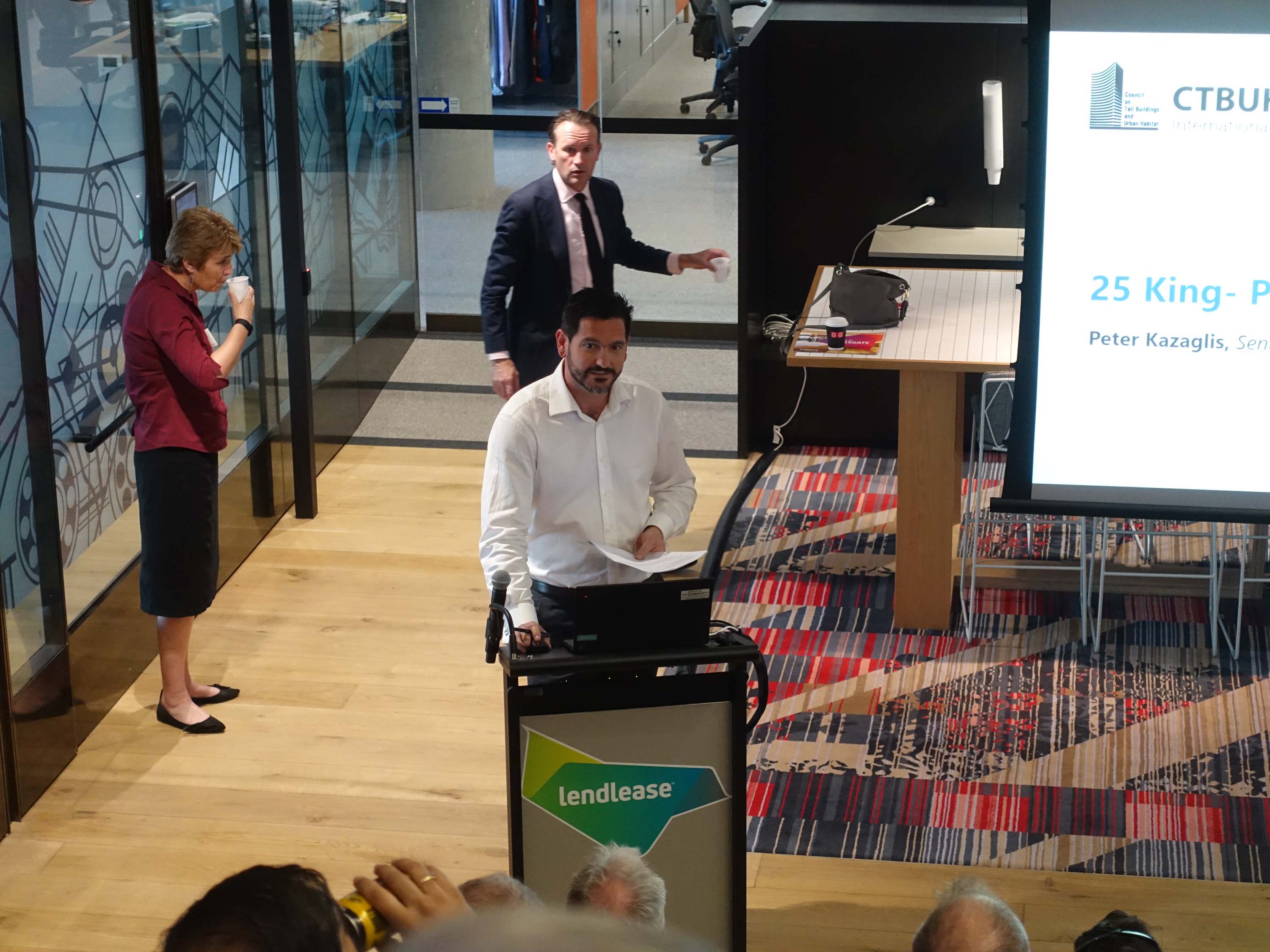
Peter Kazaglis, Senior Project Manager, Lendlease, details the project-delivery process for 25 King.

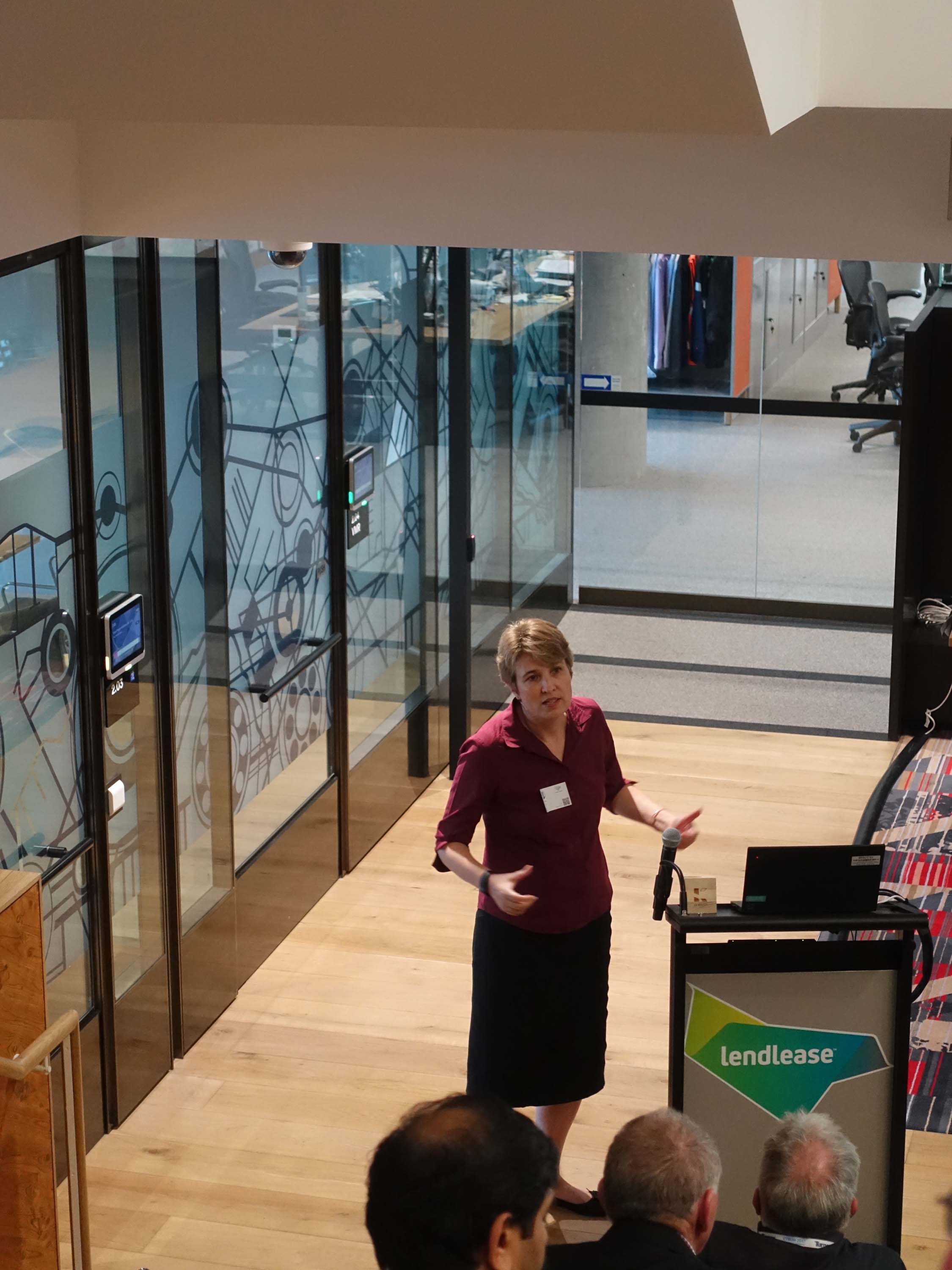
Evelyn Storey, Technical Director – Built Environment, Aurecon, offers a unique perspective on the timber office building at 25 King – that of both its structural engineer and first major tenant.

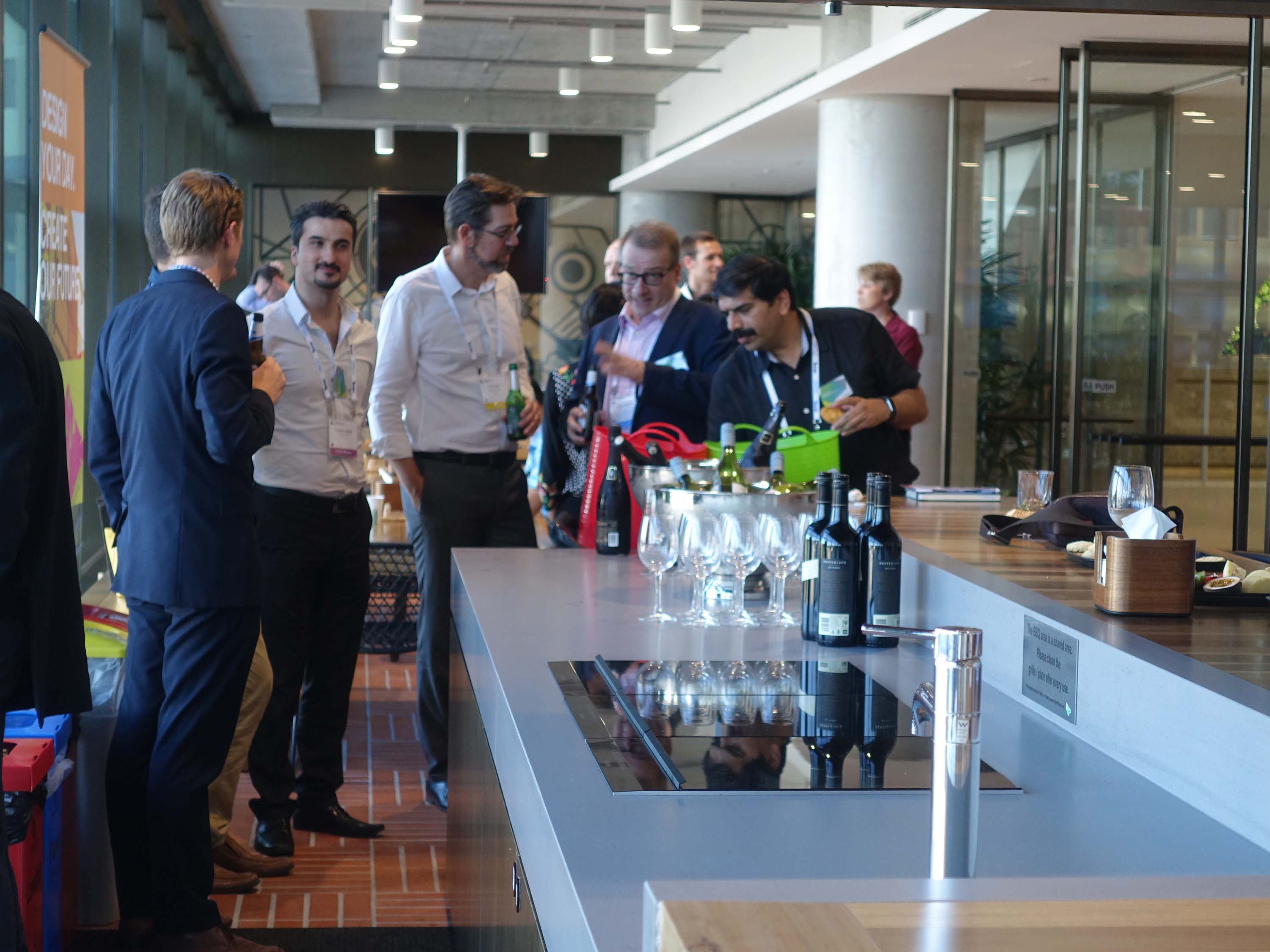
The closing drinks reception of the Brisbane program took place on the amenity floor of Lendlease’s Brisbane office.

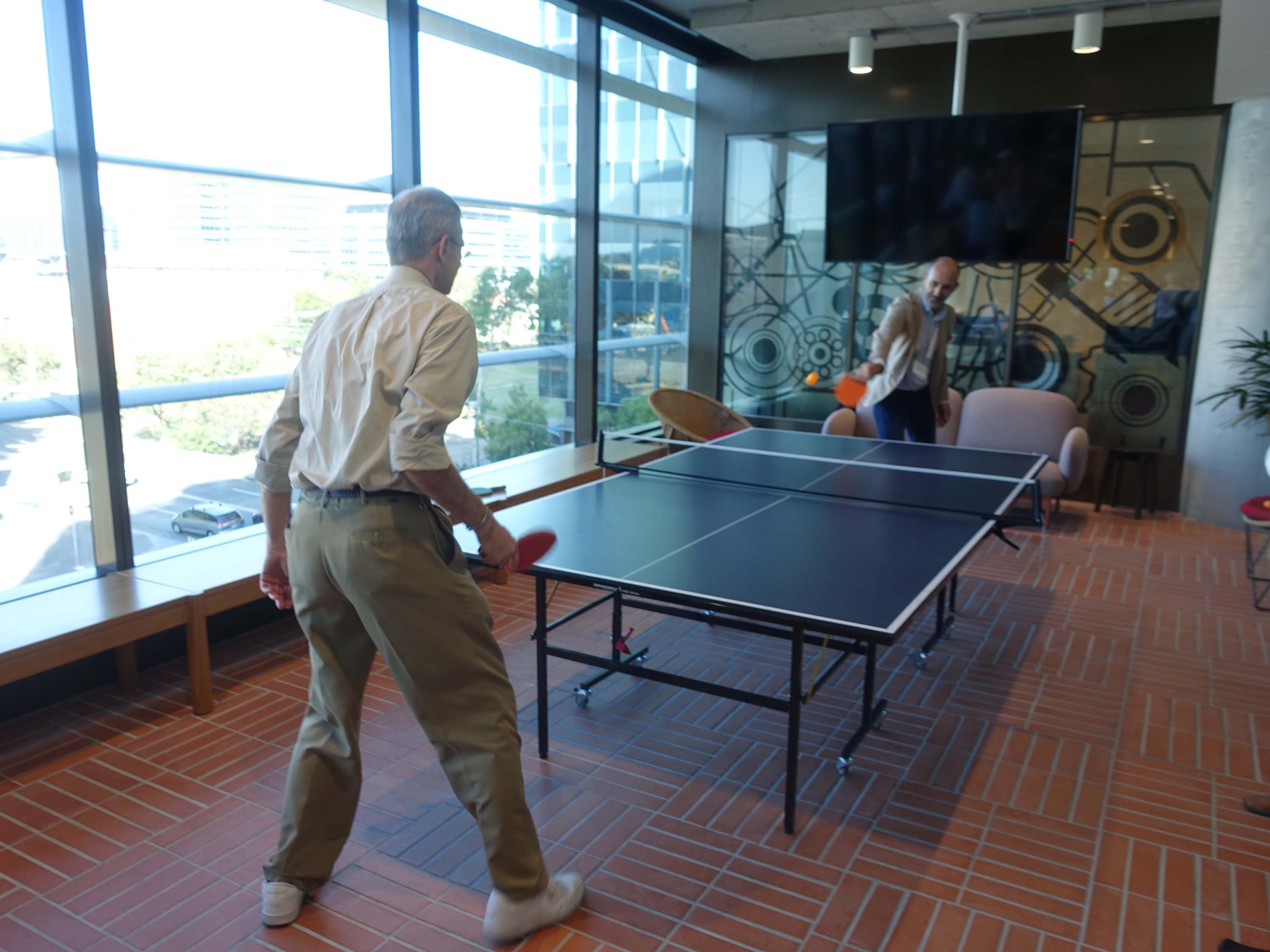
The live/work/play balance encouraged by the design of Lendlease’s office resulted in two attendees engaging in a spontaneous game of table tennis.

